At the SDC22 conference, Samsung talked about its device ecosystem from a SmartThings perspective. While its push for greater openness and interoperability of home IoT devices is very welcome, at the same time it seems that when it comes to developing an attractive interlinking of products and services across its Tizen and Android, Samsung lacks some basic prerequisites.
One of the biggest obstacles for companies to create an inviting and all-encompassing device ecosystem is that its various divisions work almost independently of each other, or even as clients of each other, when they should be working together to create common experiences from the very beginning. This fragmented structure of the entire conglomerate creates unnecessary design differences between operating system devices Android and Tizen.
Take for example something as simple as the icon design that Samsung uses for its apps. First-party application icons should be consistent across all operating systems in which they are used. The One UI Team/Android however, it has one approach to UX, while the Tizen team, especially when it comes to home appliances, seems to have different design ideas, or at least for some reason it can't keep up with One UI development on mobile platforms.
This detail alone is the strength of Apple's platforms. Messages, Mail, Calendar, Notes, Safari, Music and many others simply look the same, improving the user experience especially for newcomers. This "fragmentation" of Samsung can easily make it feel that it cannot unite all its divisions for a common goal, which should go beyond the satisfaction of shareholders, but focus more on the customer and the users of its products.
You could be interested in
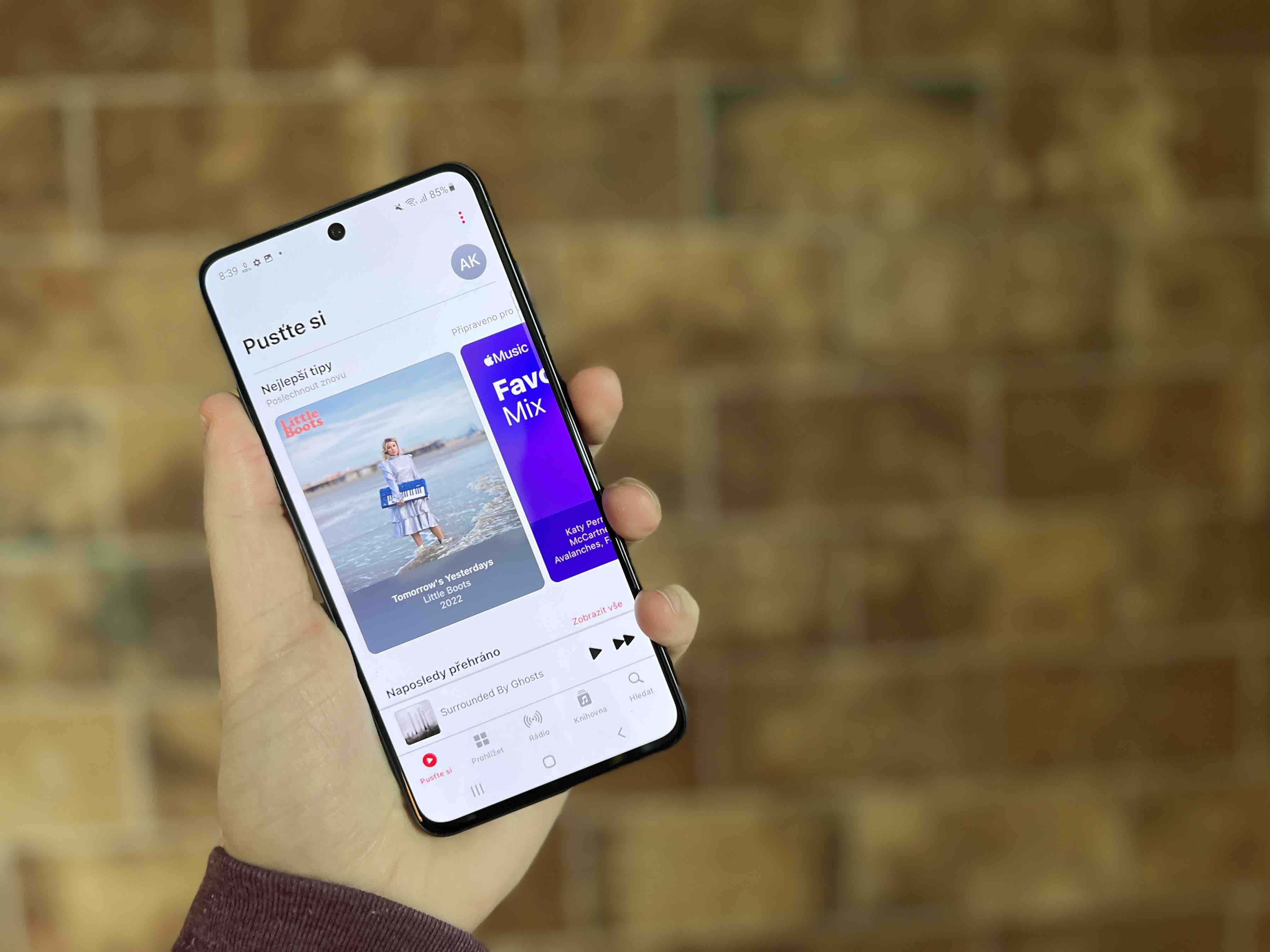
The One UI design philosophy should be ubiquitous
There doesn't seem to be any closer communication between the One UI and Tizen OS design teams, and so nothing helps create any sense that Samsung's device ecosystem is running like a well-oiled machine. The electromechanical department often seems to care more about their other clients than their own mobile division, and the Exynos team has been trying to be self-contained for far too long, and it's backfired. Samsung Display (whose biggest client is probably Apple) and Samsung Electronics were often at odds with each other. At one point, the Display division claimed that Electronics was holding it back with its inability to make a decision on QD-OLED technology.
In a perfect world, app icons on Samsung smart TVs and home appliances should sync and borrow personalized Material You settings from phones or tablets Galaxy. However, such cross-device options do not exist. Despite all the talk about interoperability, there is little of it across the various hardware divisions.
Icons, rich cross-device sync features, and visual coherence are fairly simple and crucial points that, given enough attention, could lead to a better user experience across multiple Samsung devices. Unfortunately, society seems to continue to neglect this importance. I am afraid that this will never change unless all the divisions of the company really start working as one unit for one common goal, for the greatest satisfaction of the customer who is not just a number. But it speaks well to me from the table.
You could be interested in
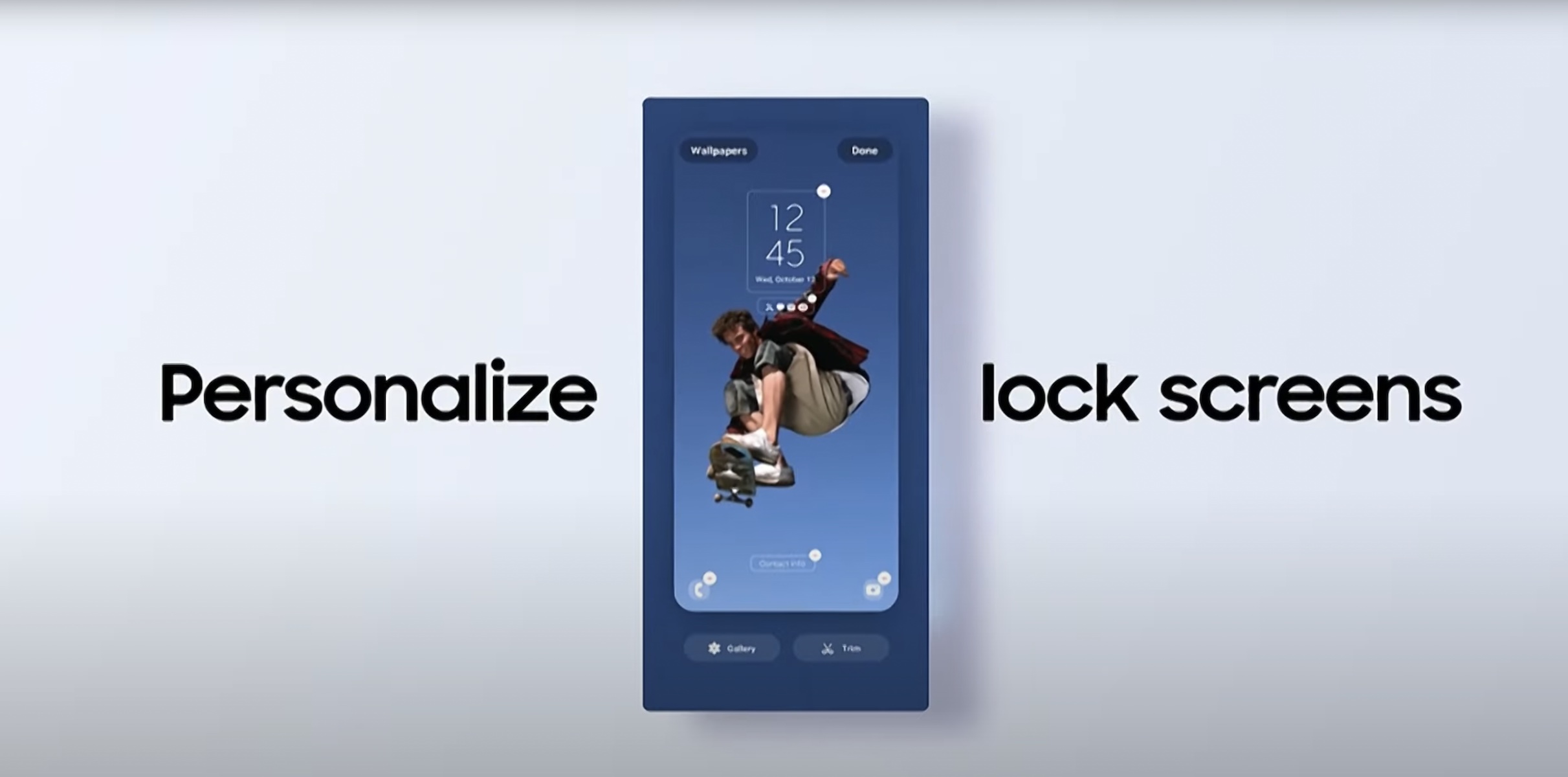
The company's goal, to be simple, was to make customers want to buy more and more of Samsung's products because they already own one or more of its devices and want everything to be more connected and cohesive. I have iPhone, I will buy i Apple Watch and a Mac computer, I have a smartphone Galaxy, so I will also buy a tablet and Watch. It is easy. But since Samsung also has its own TV and appliances, why not equip yourself completely? If everything looks and behaves differently, why would anyone do that. In this he is Apple simply unbeatable, across all its platforms iOS, iPadOS, macOS, watchOS and tvOS.
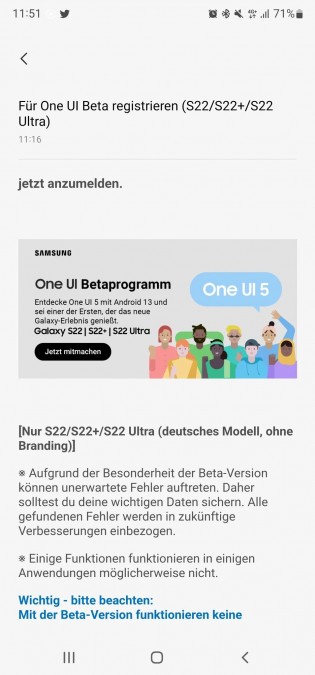

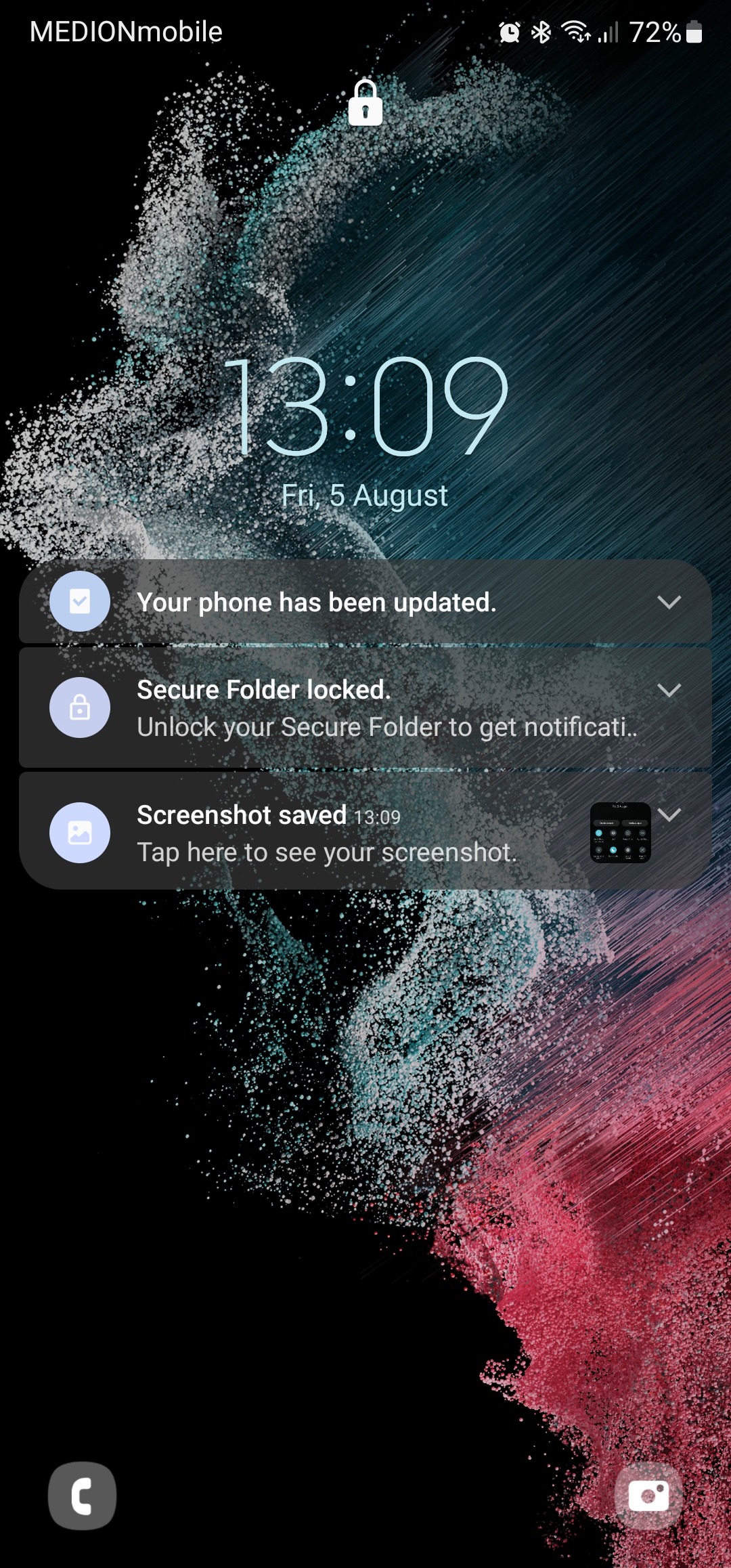
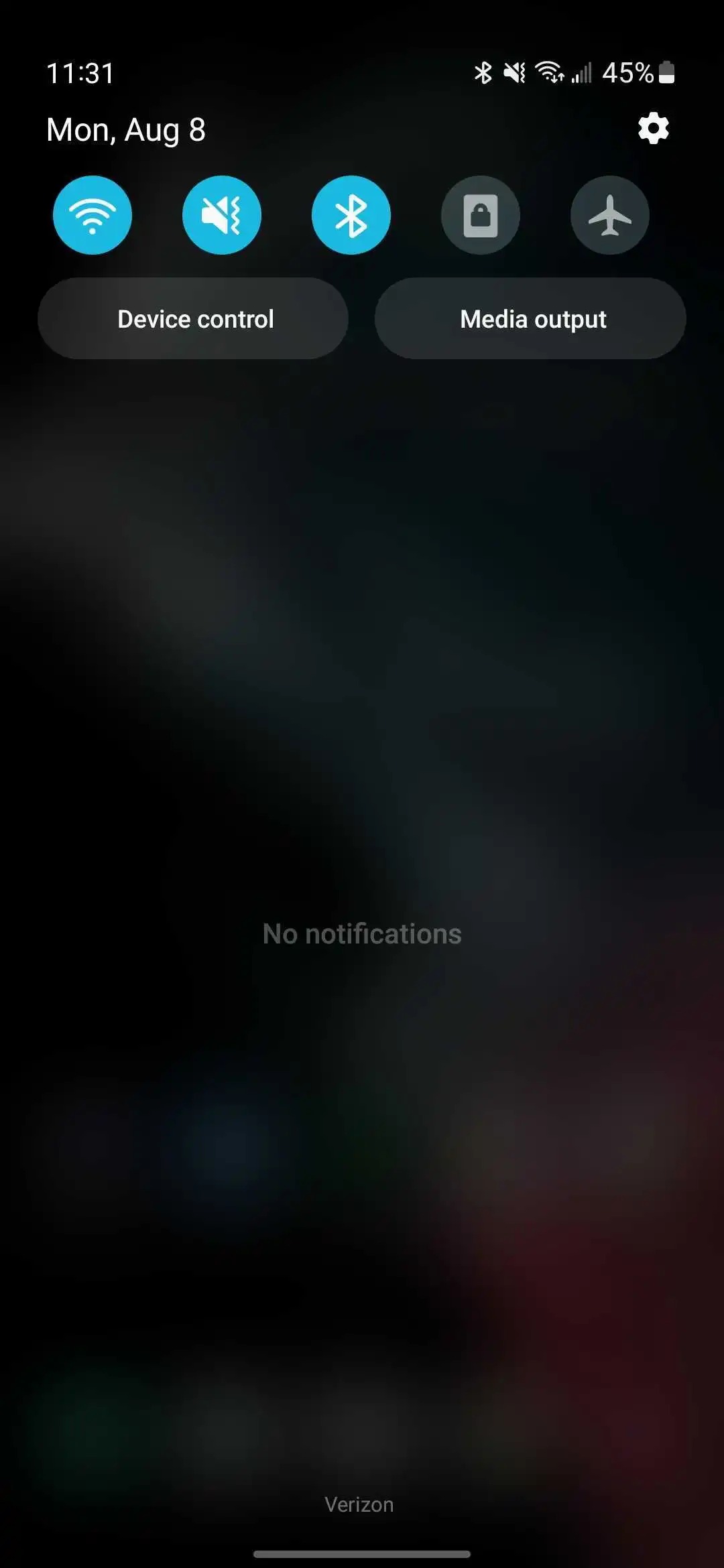

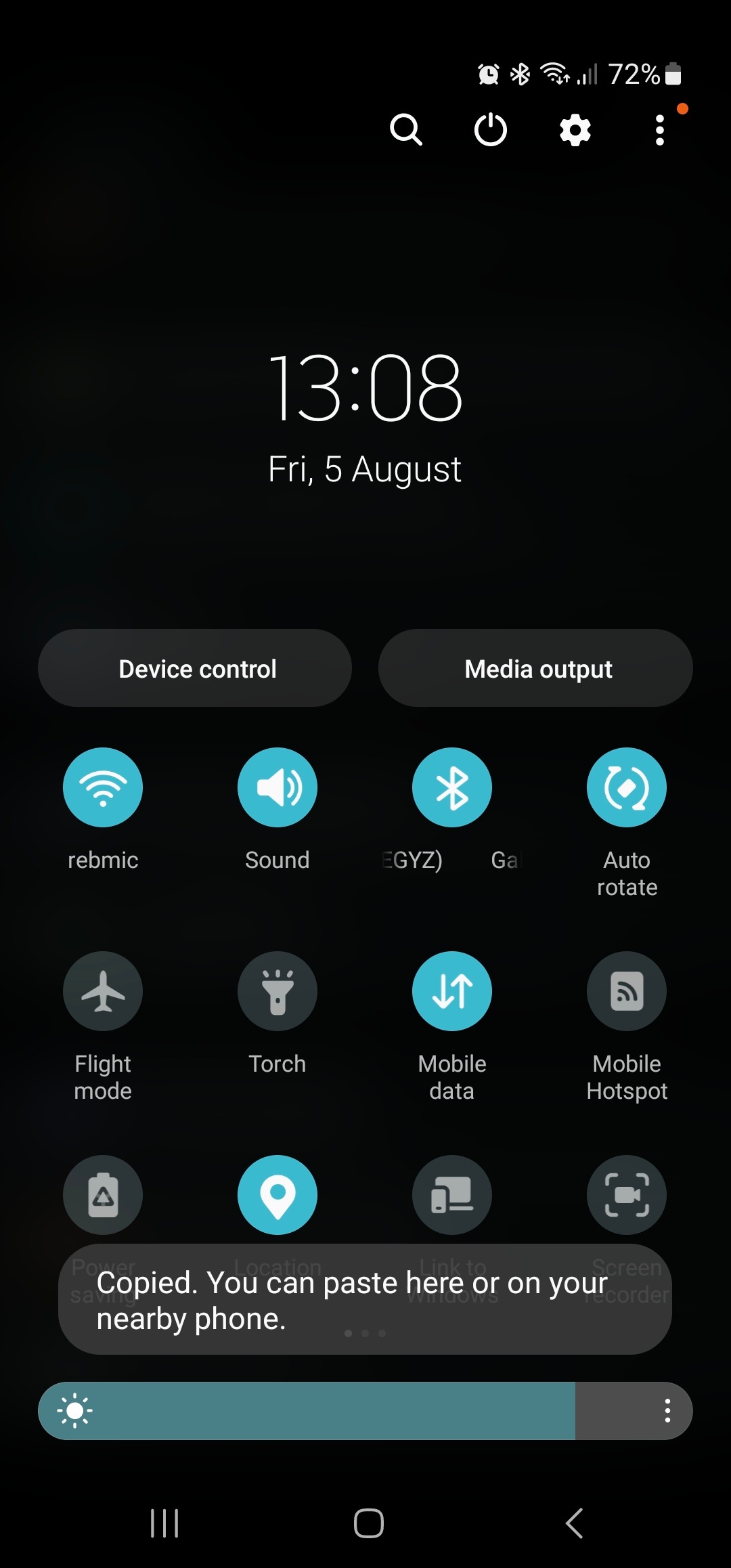
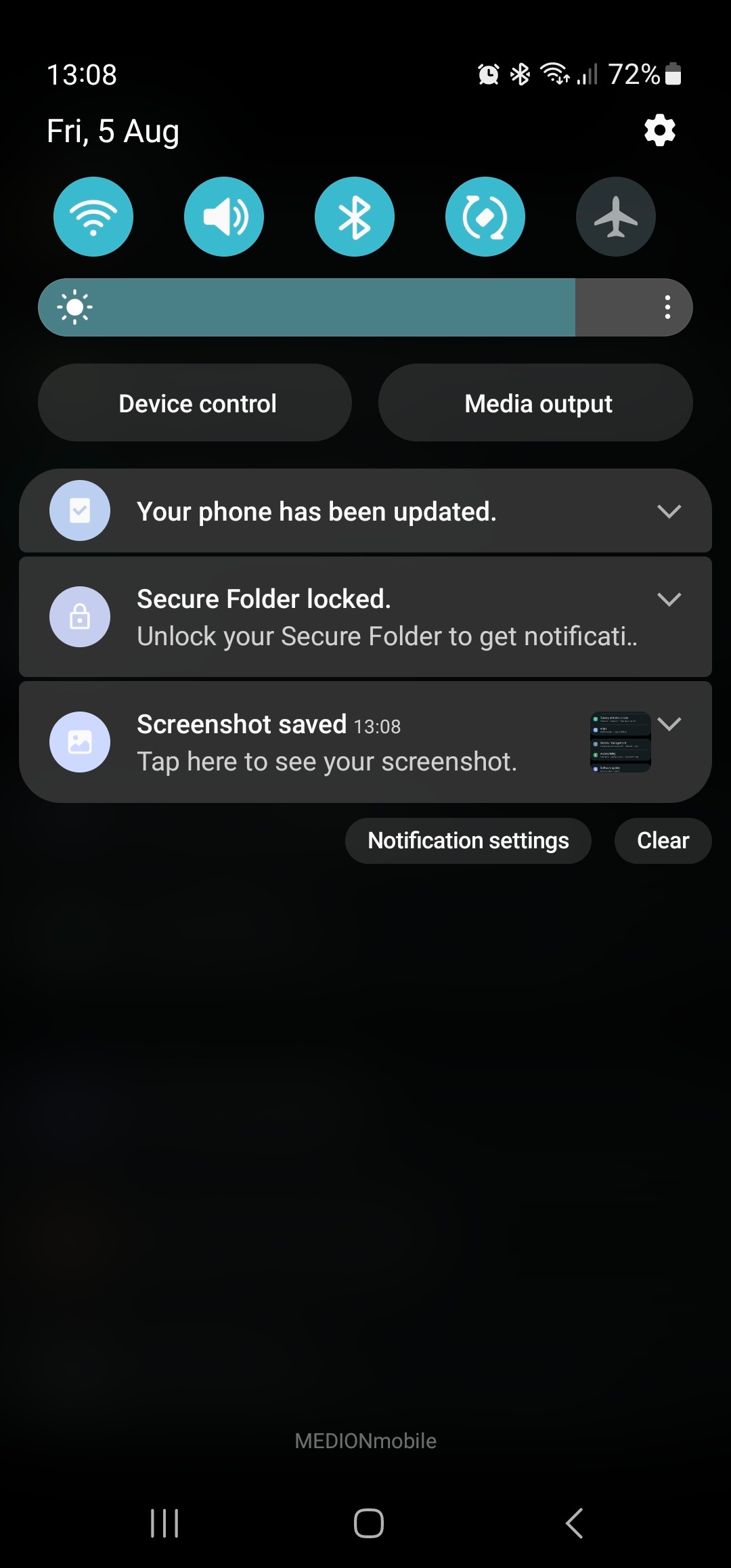
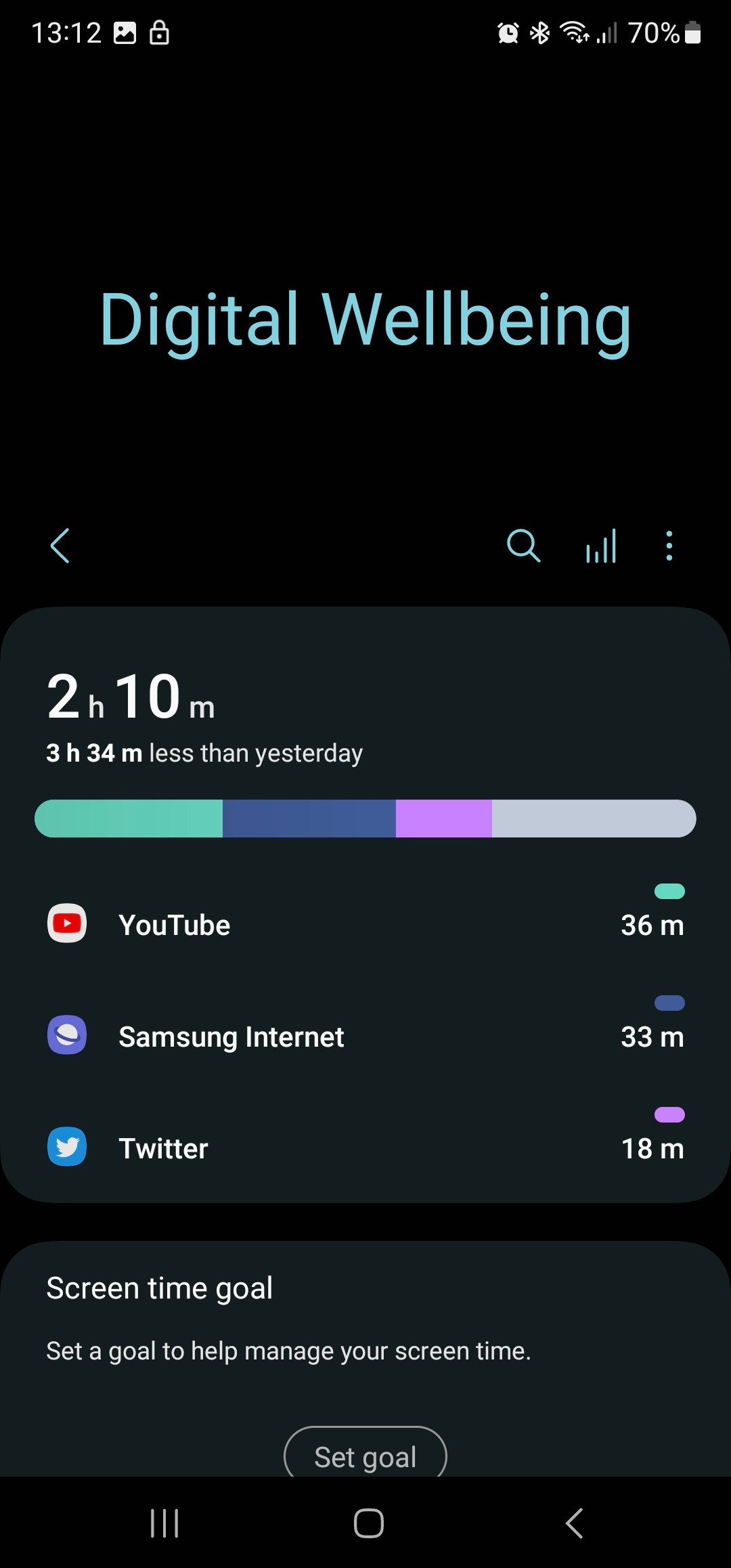
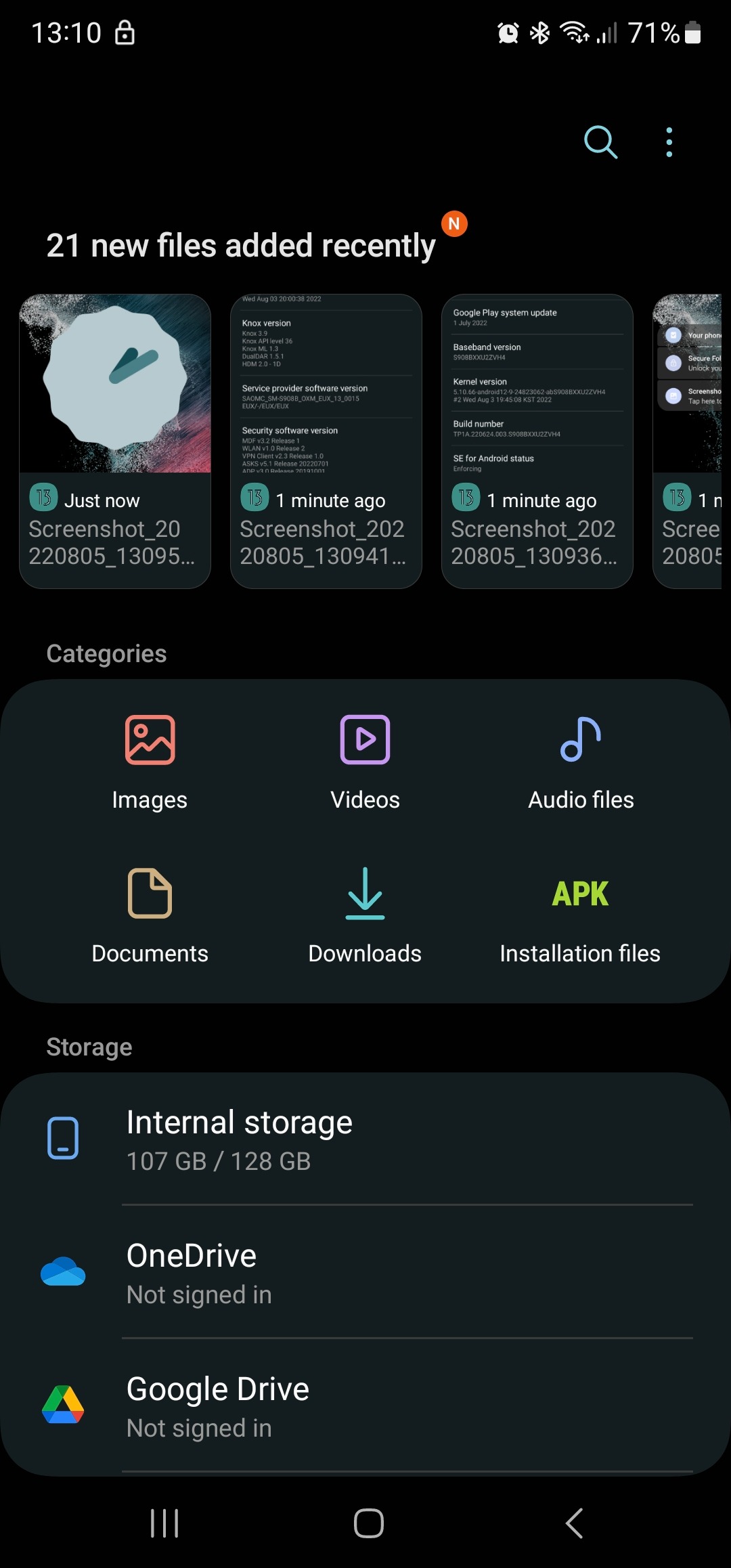
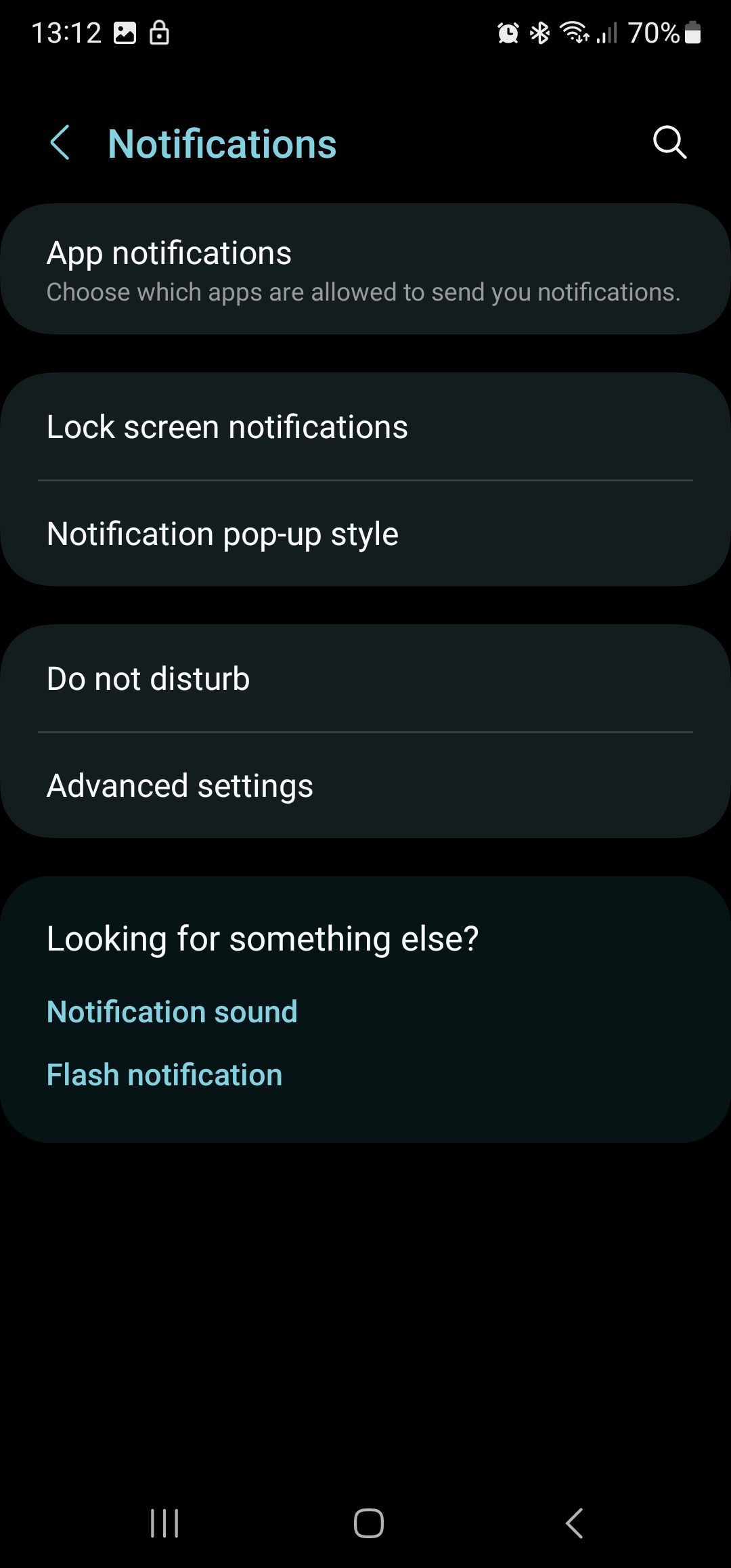
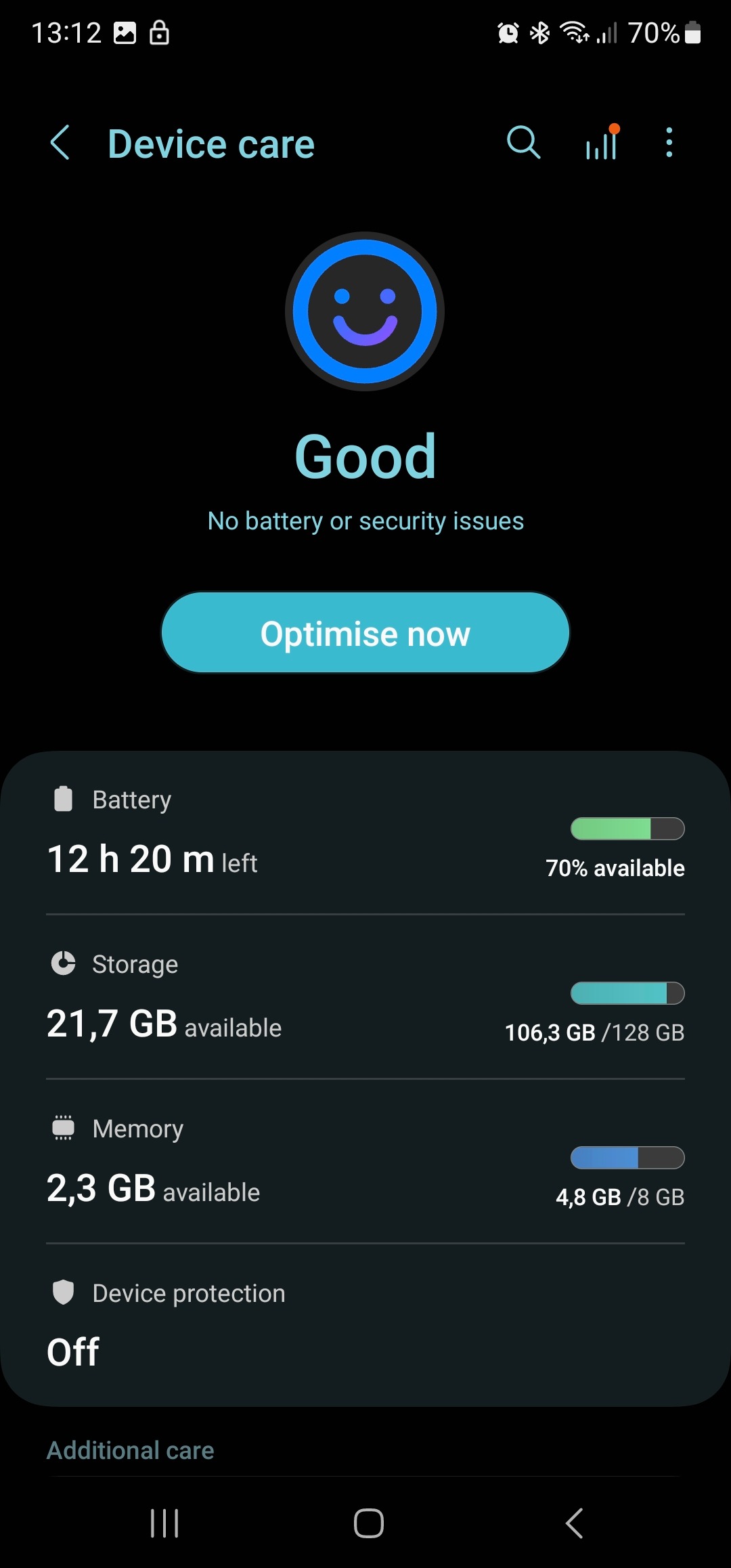
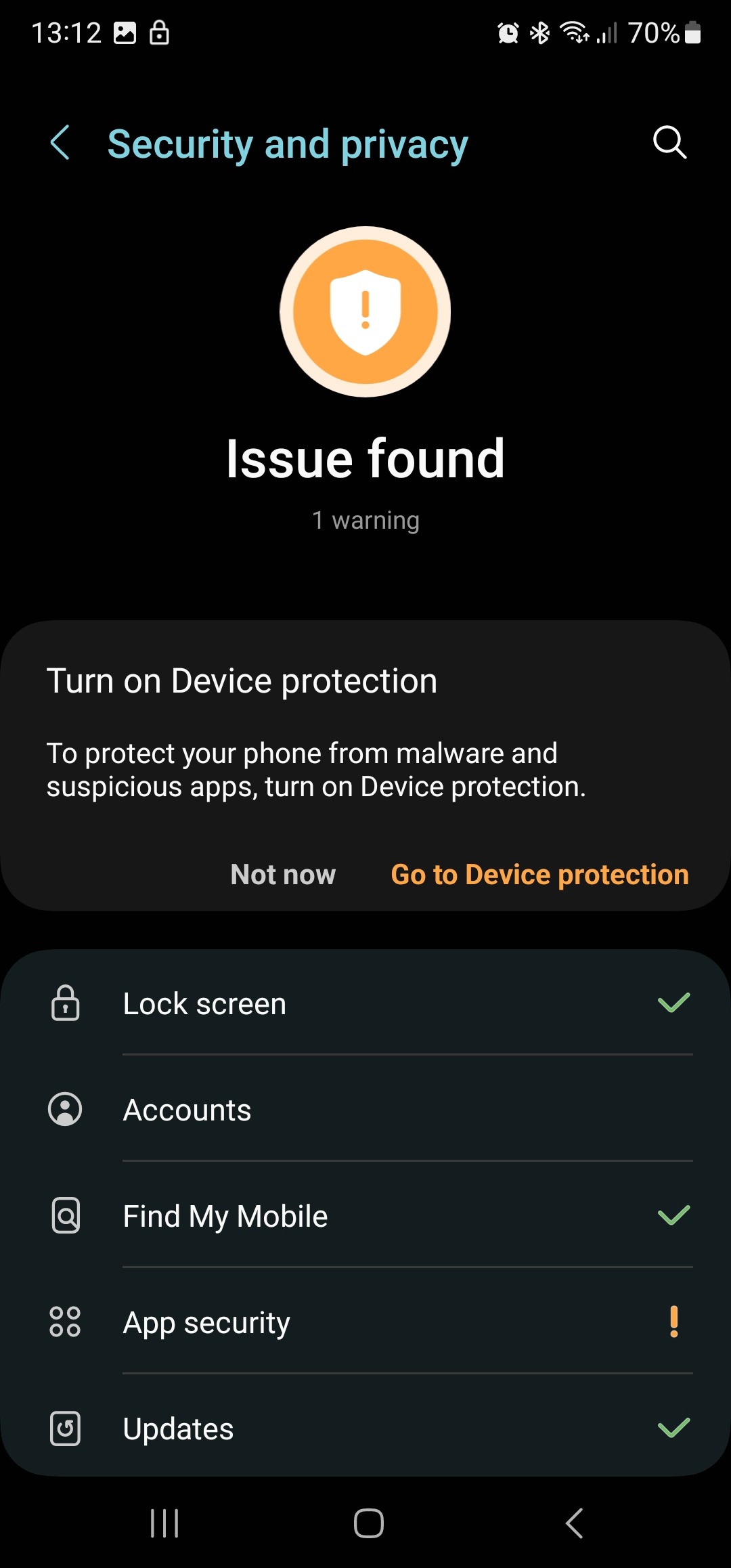
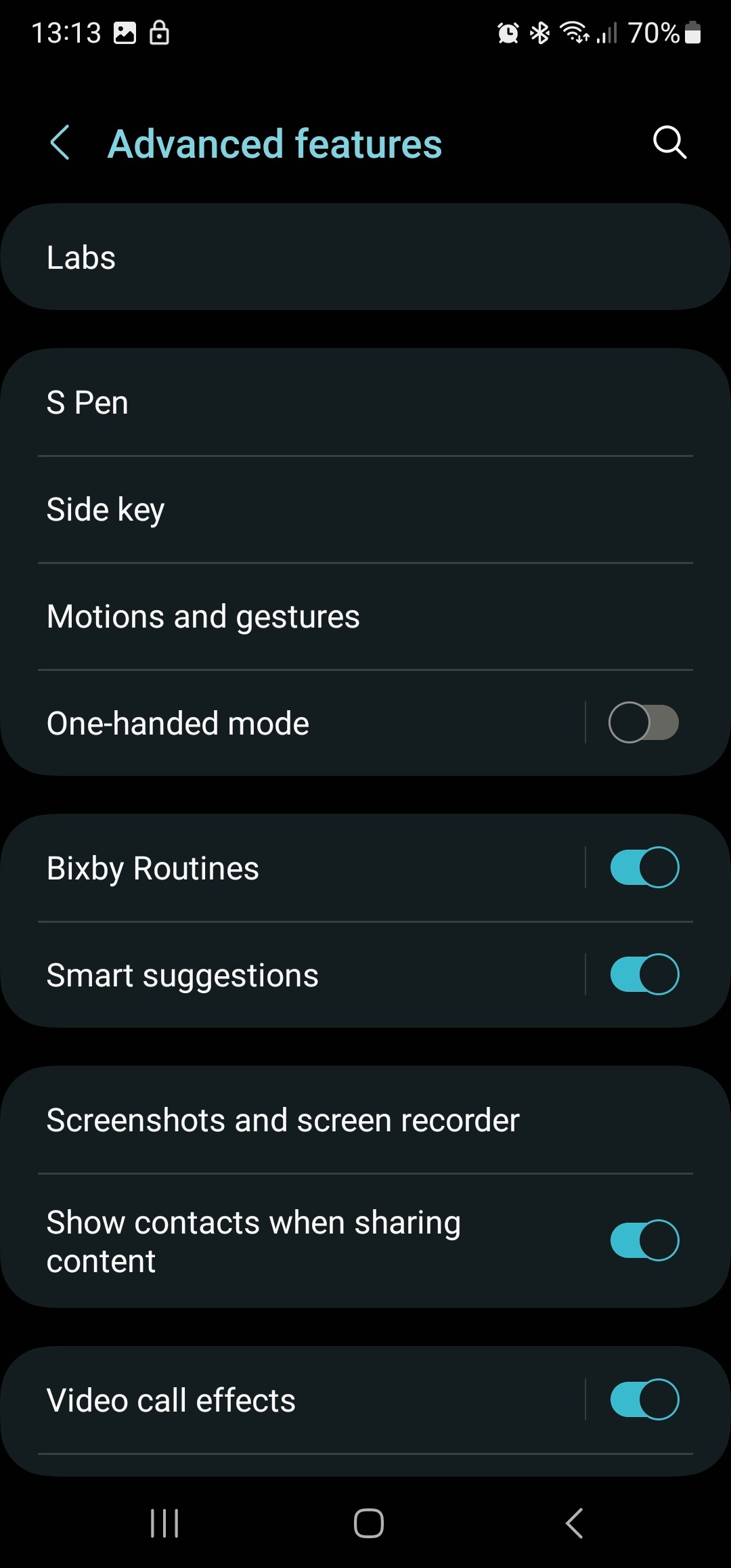
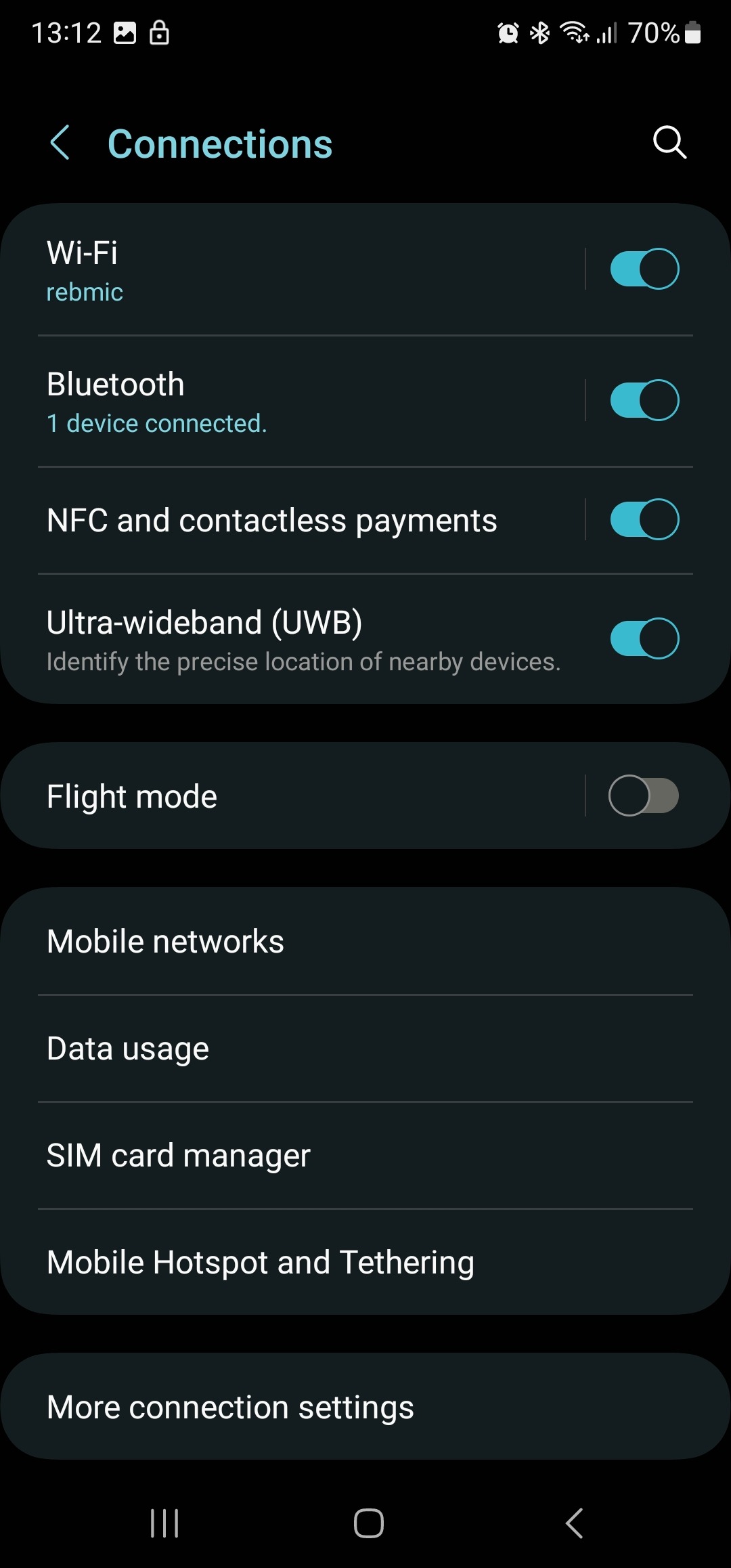
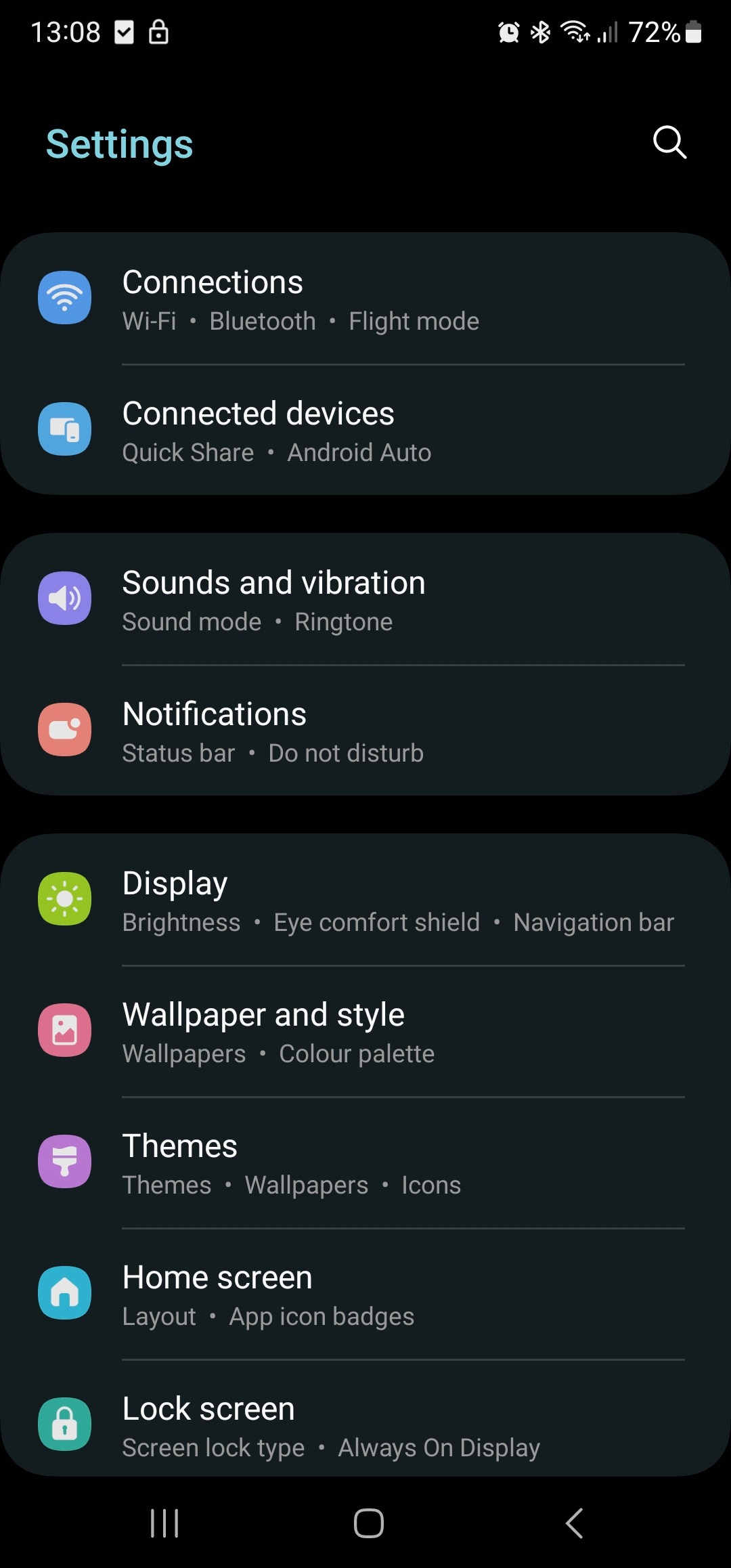
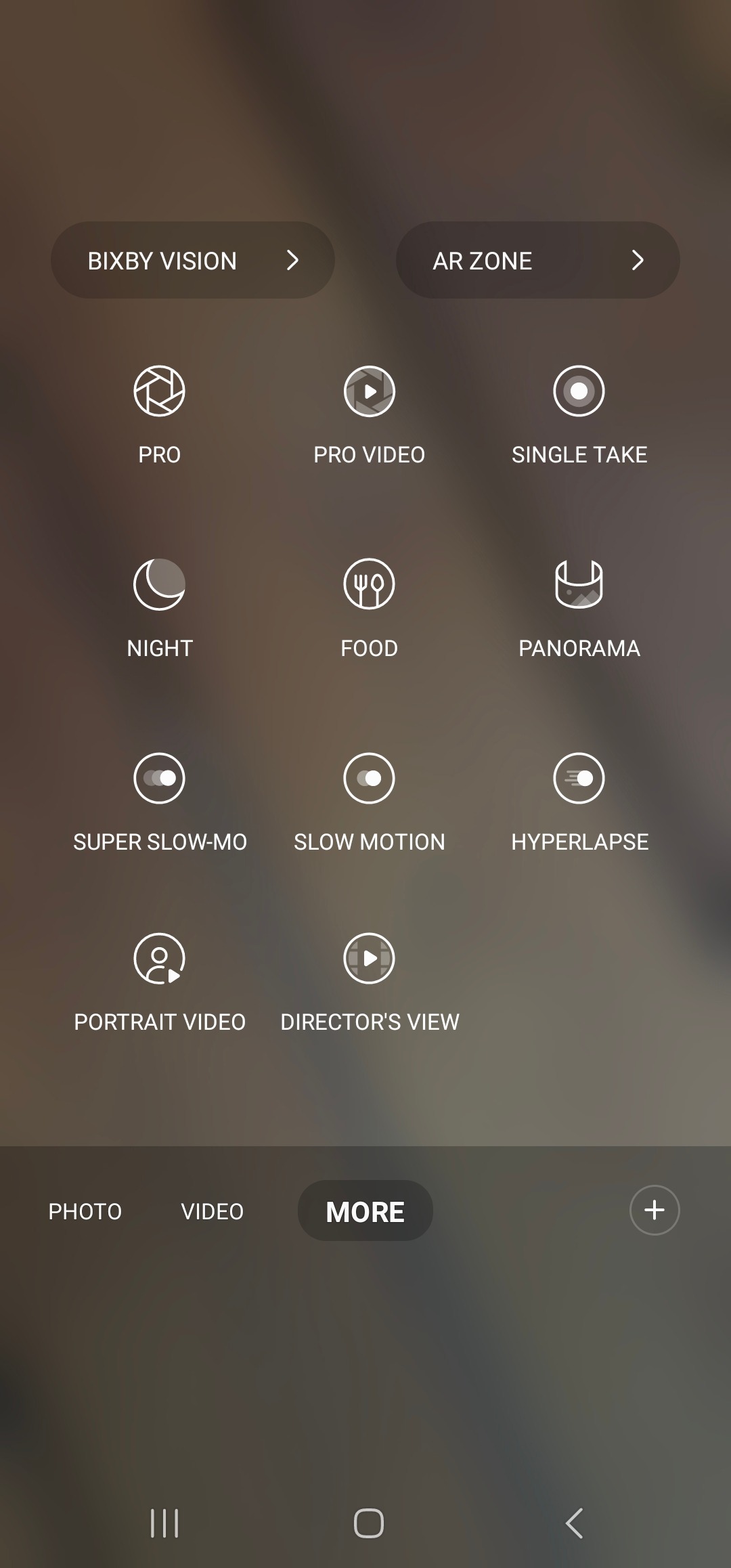
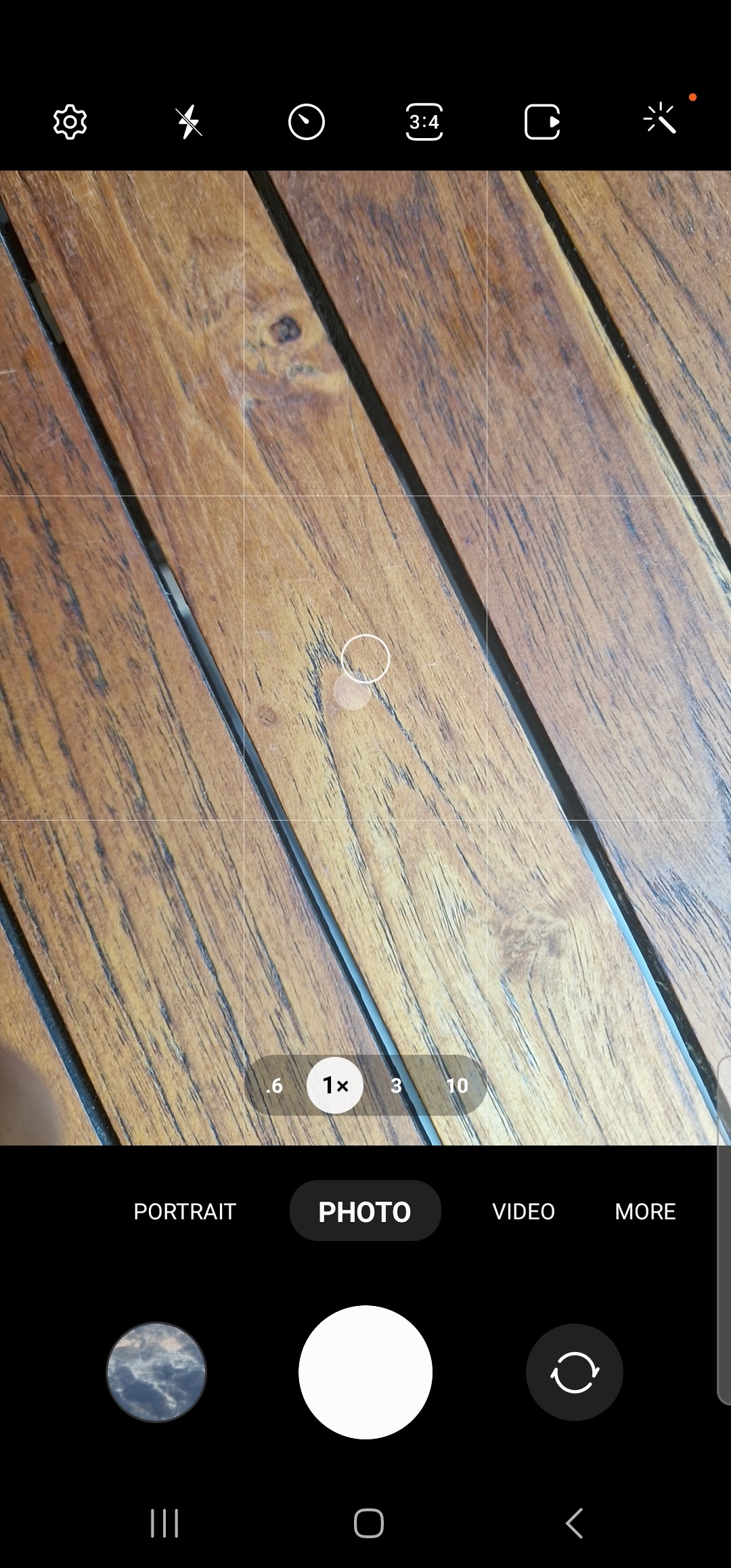
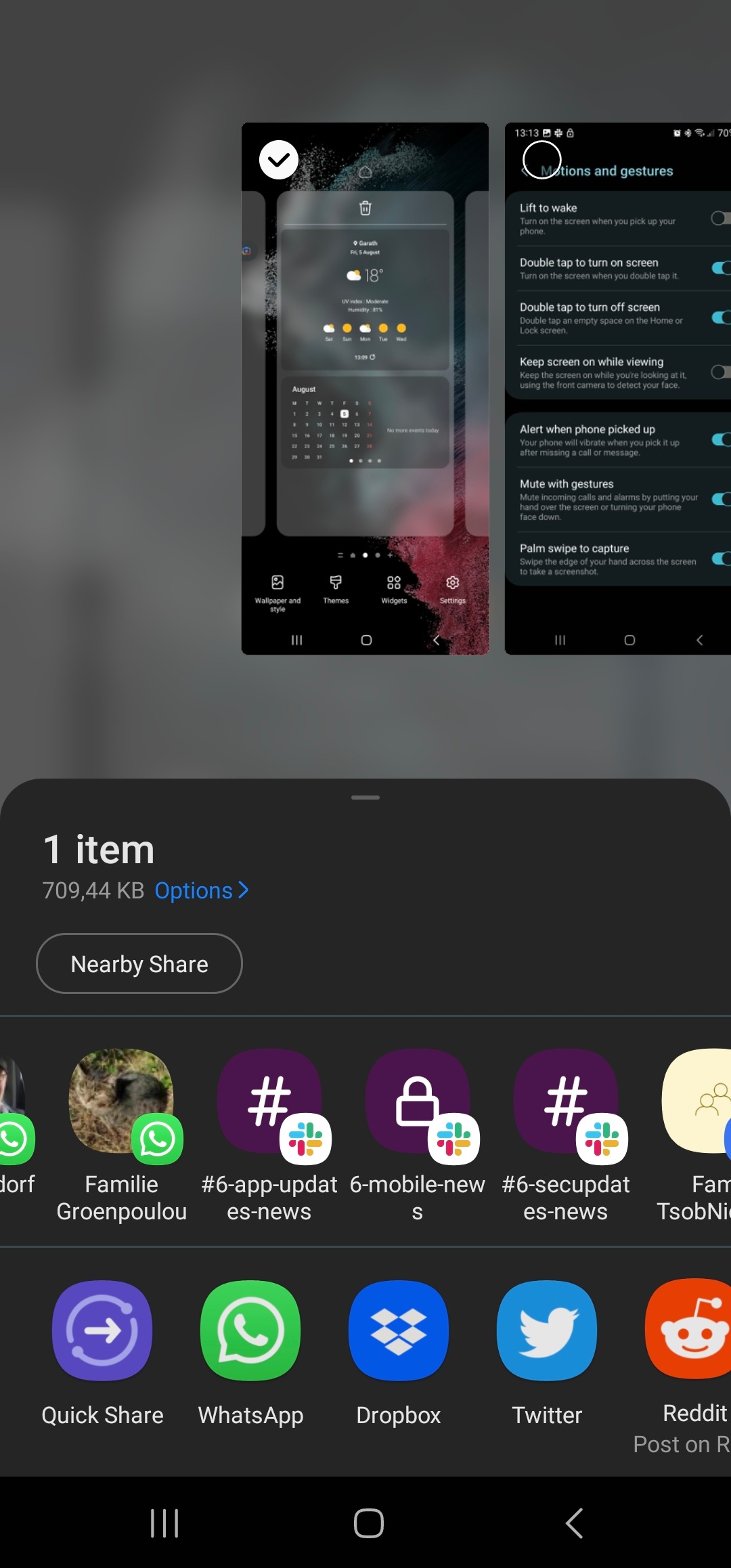
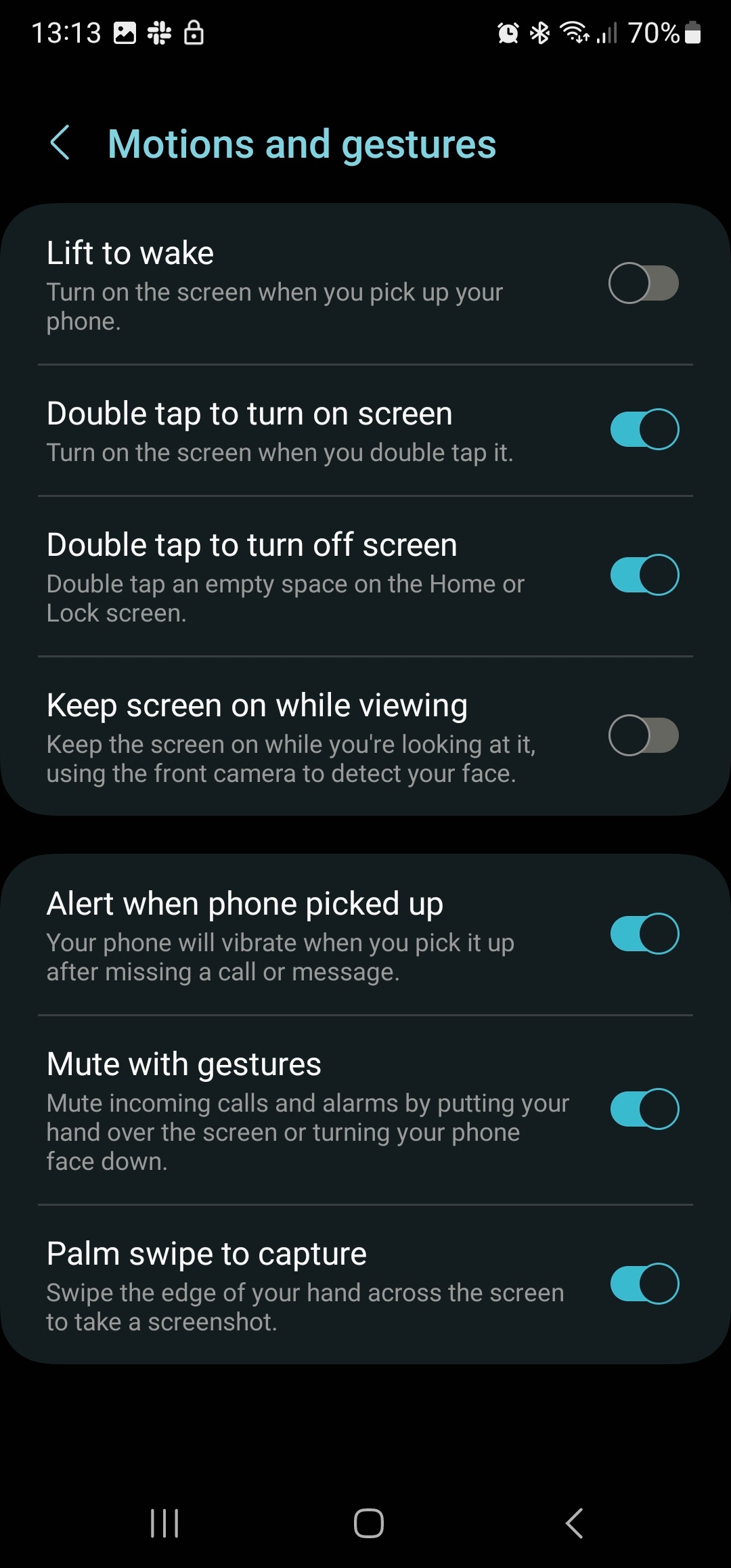
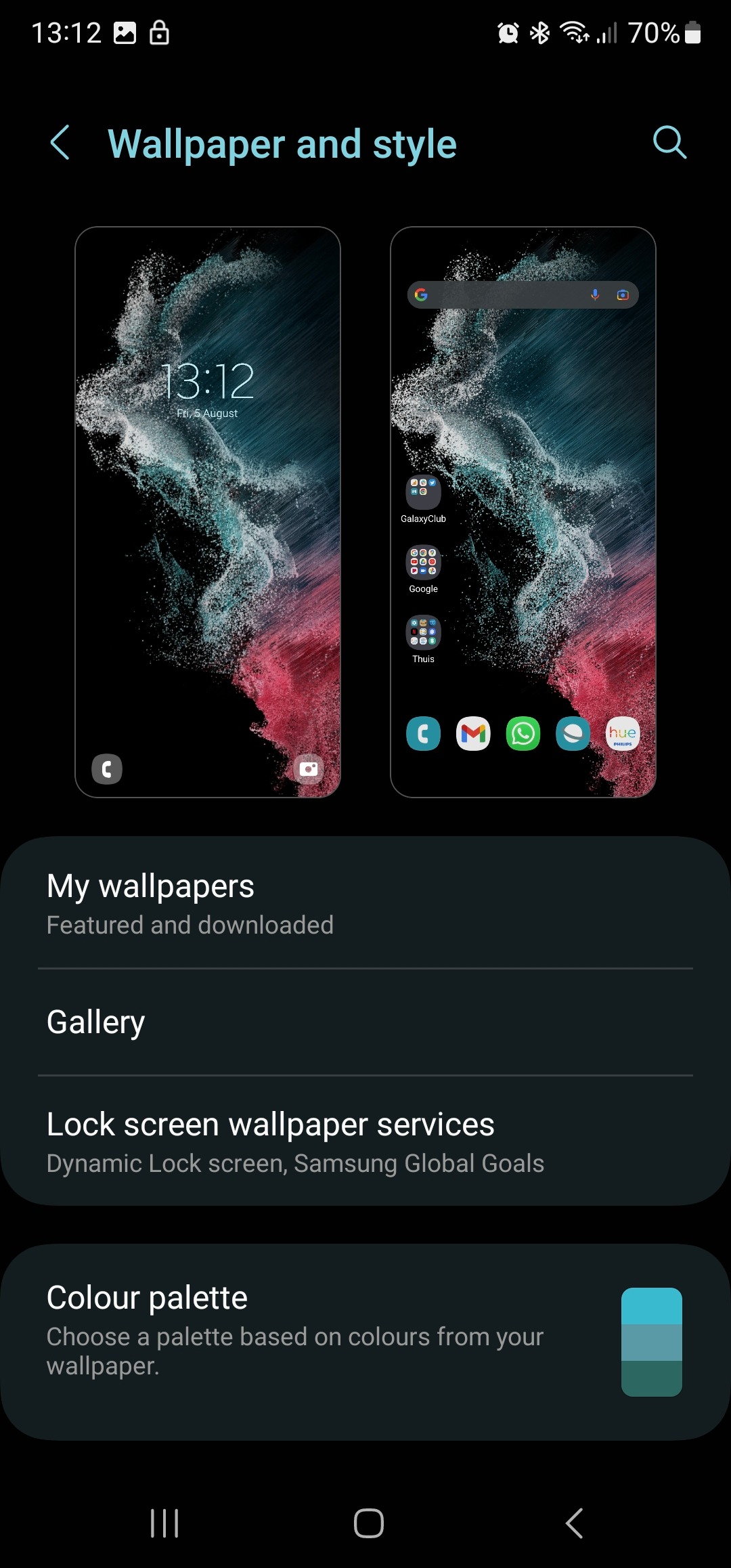
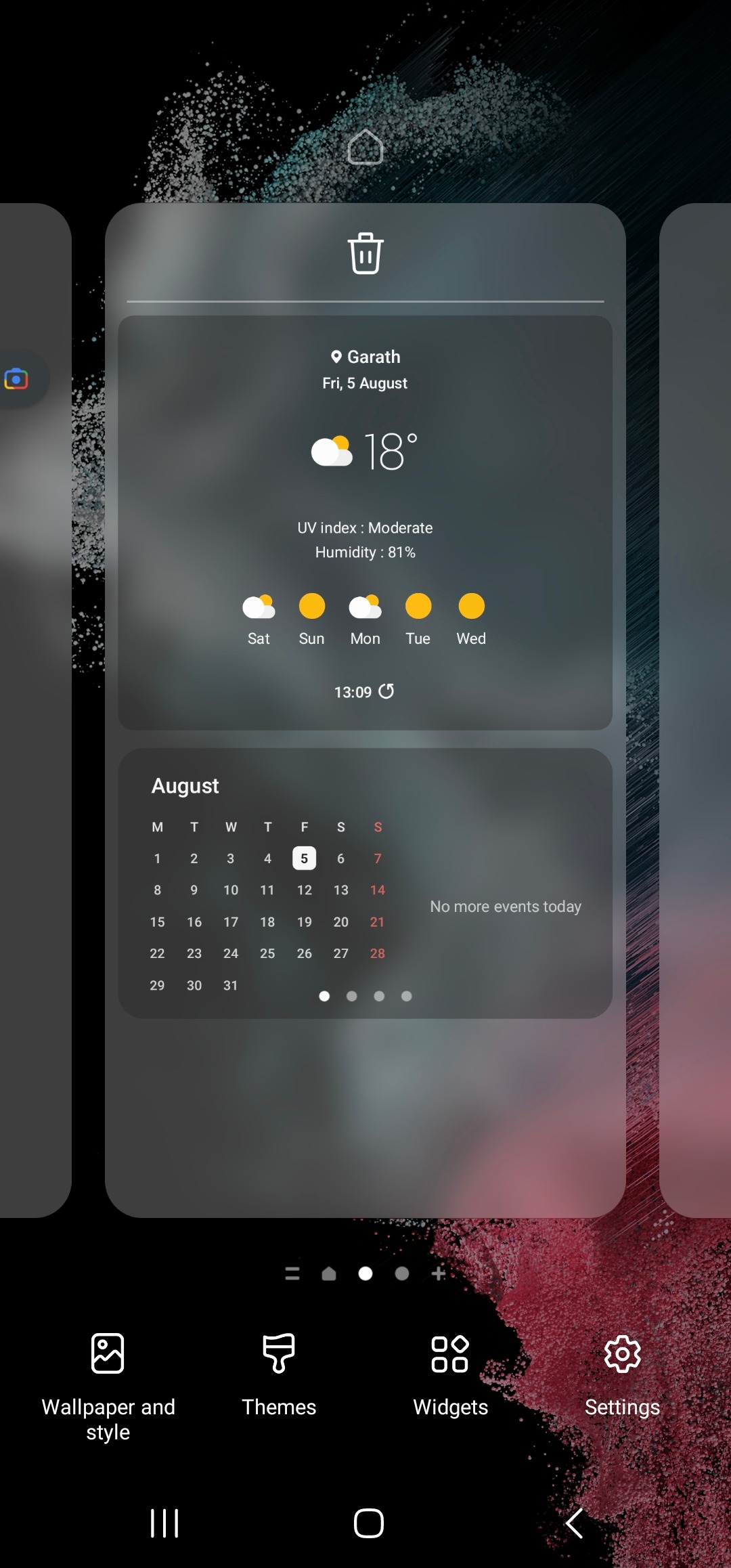
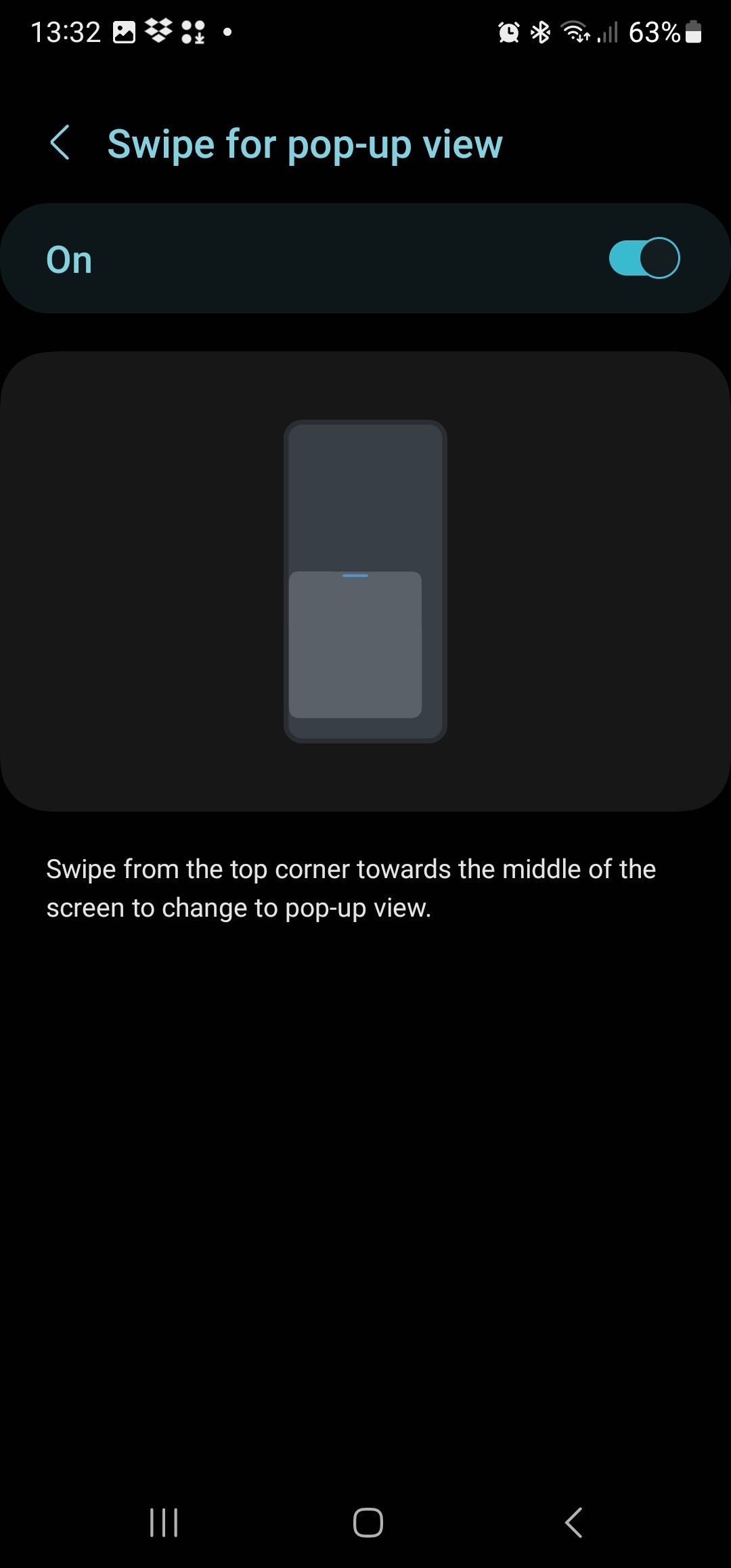
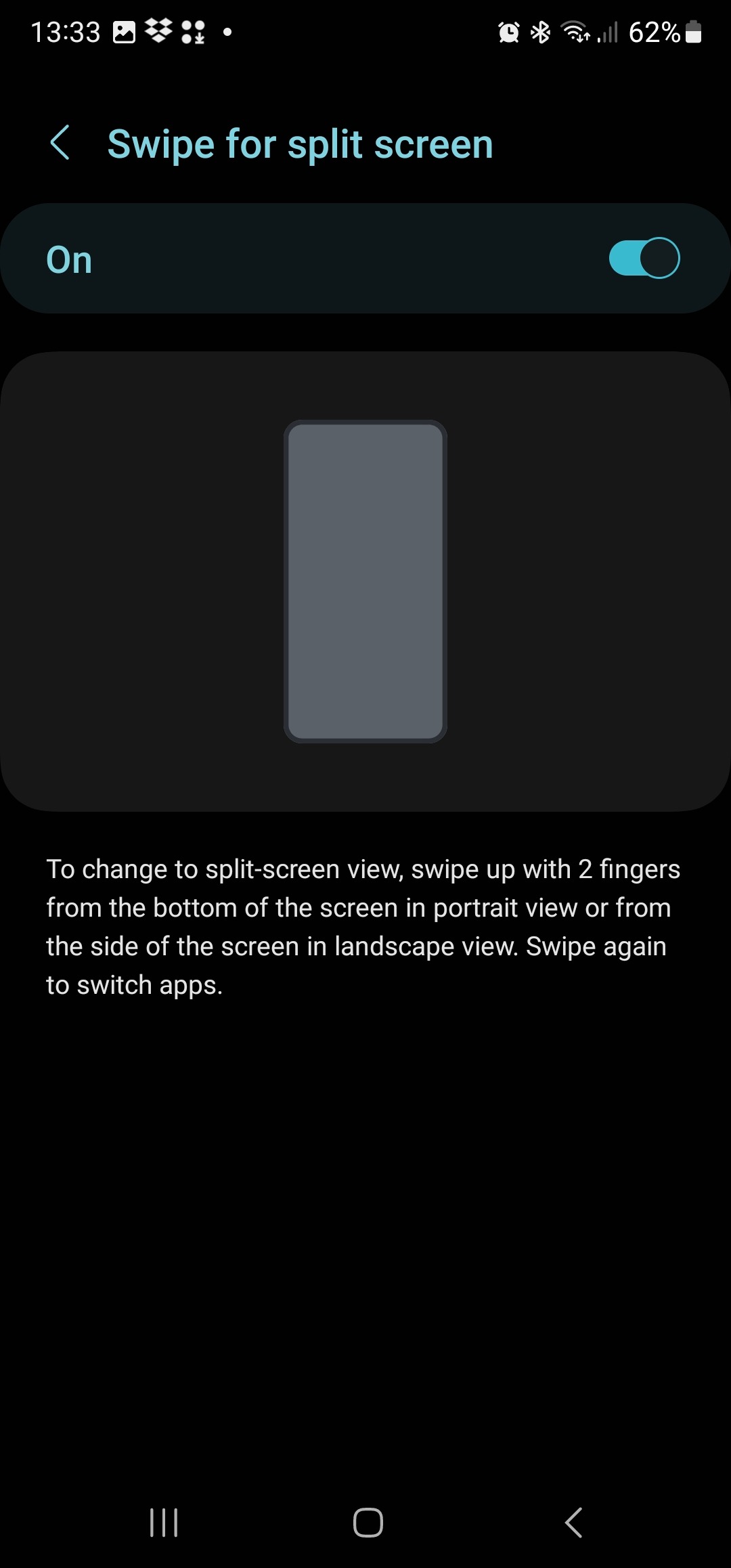









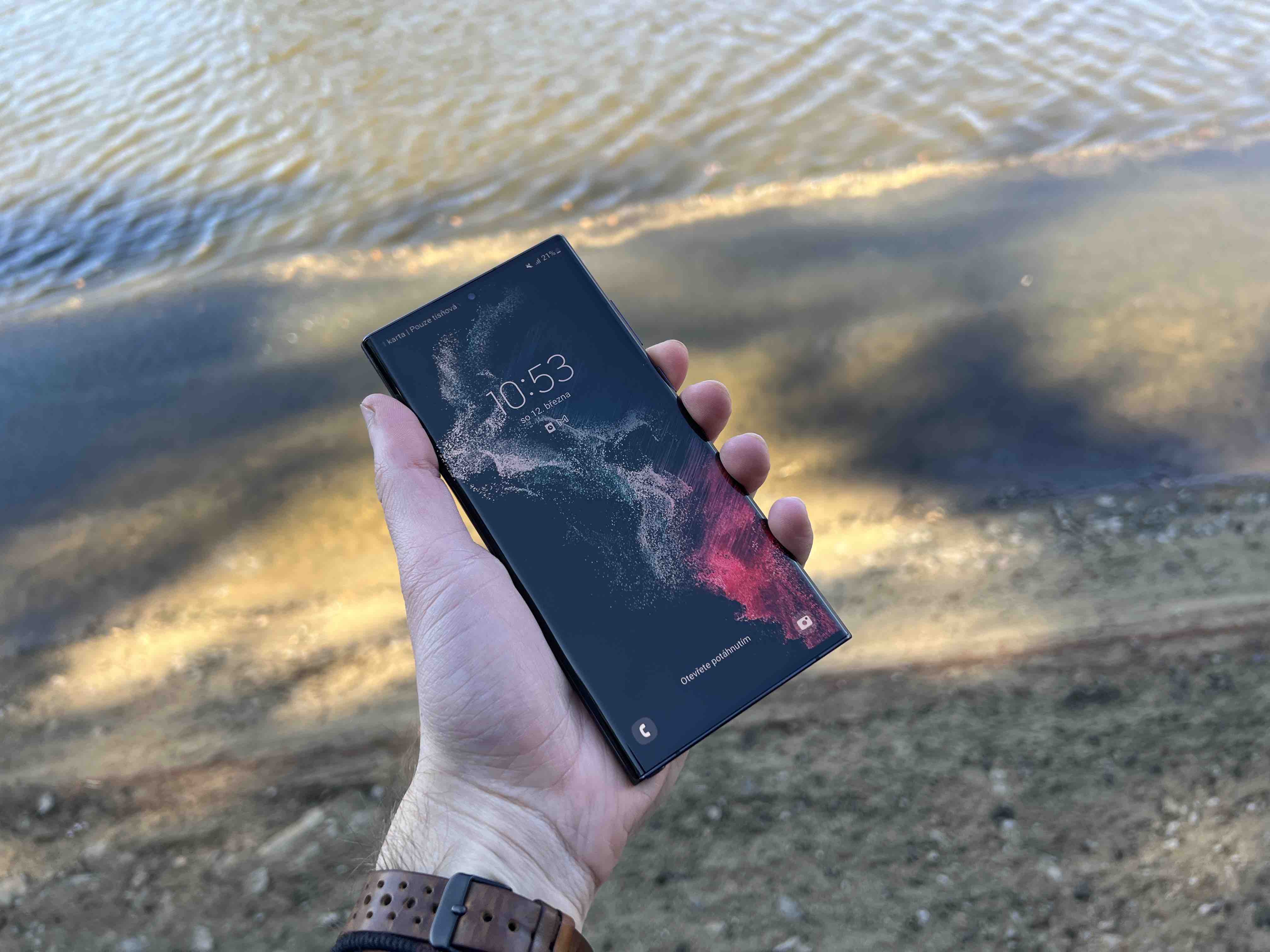
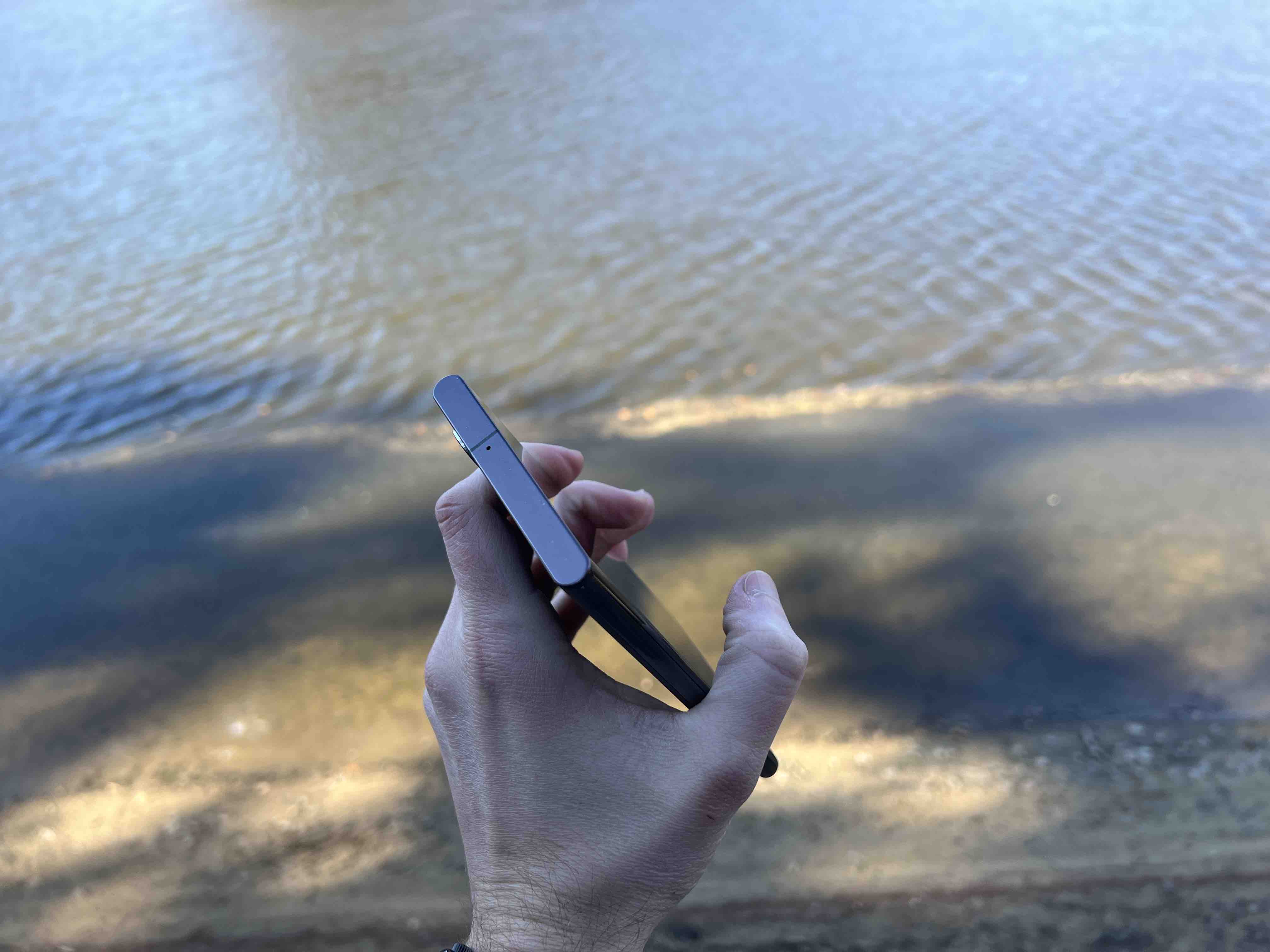
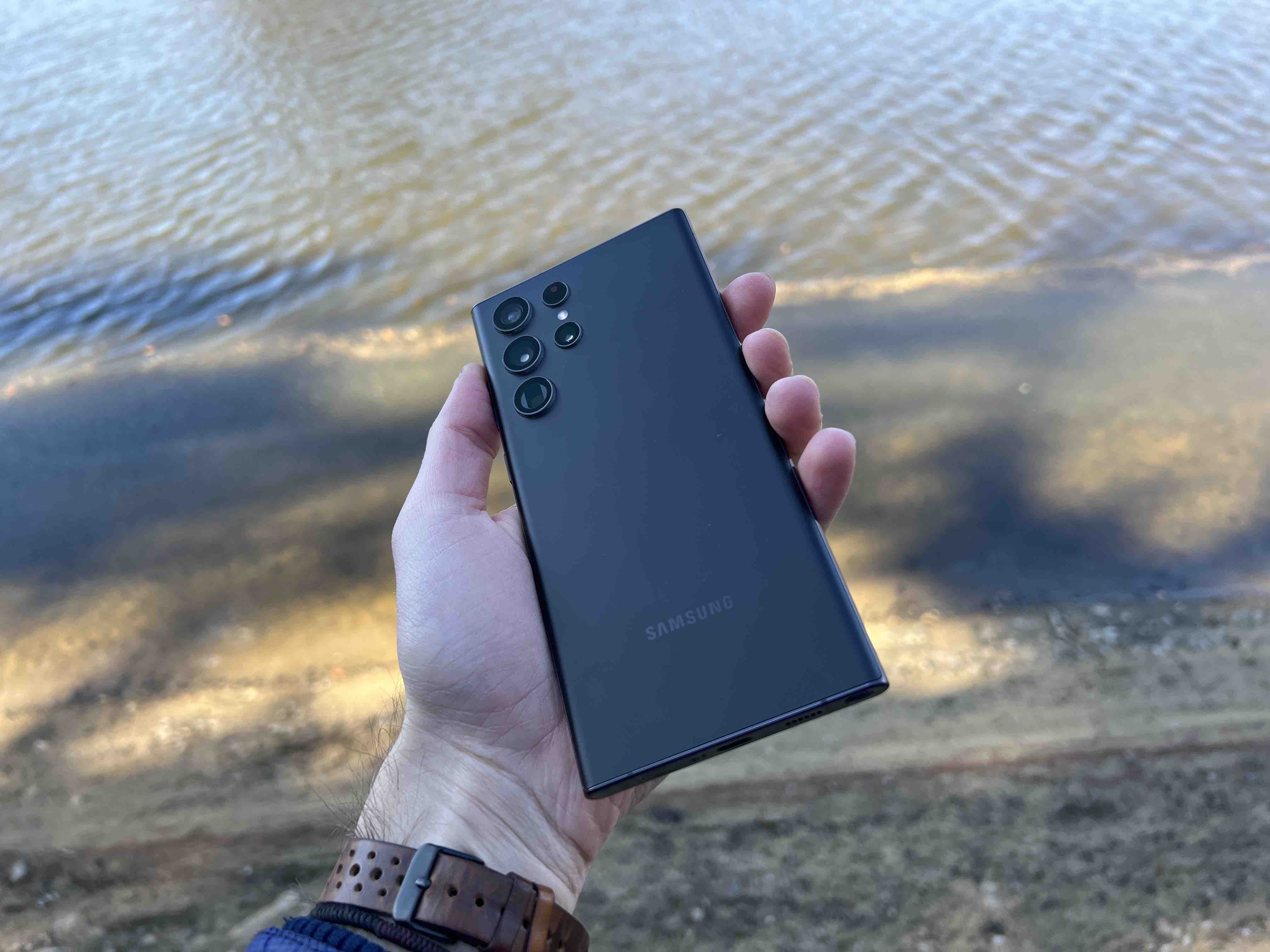
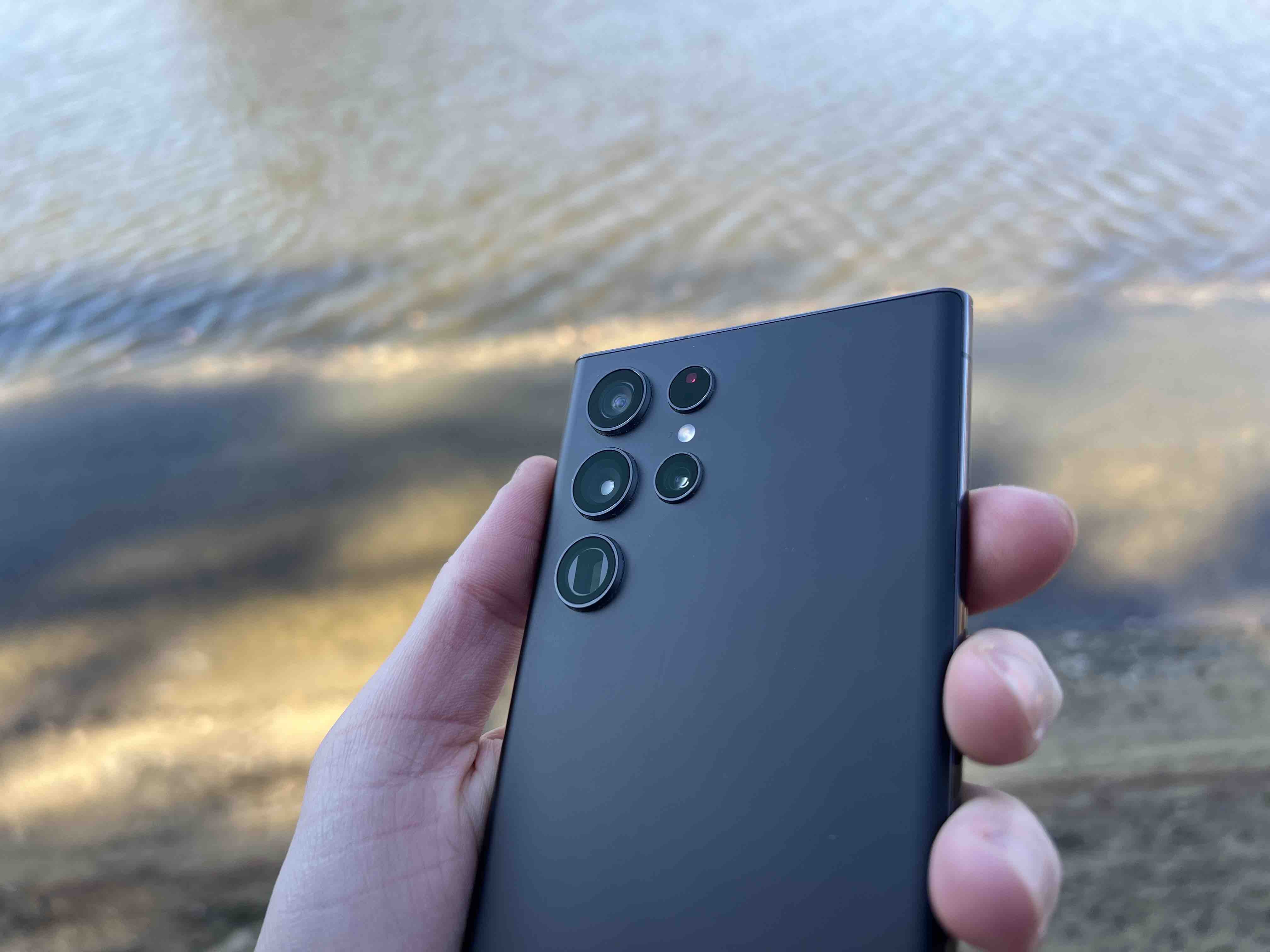
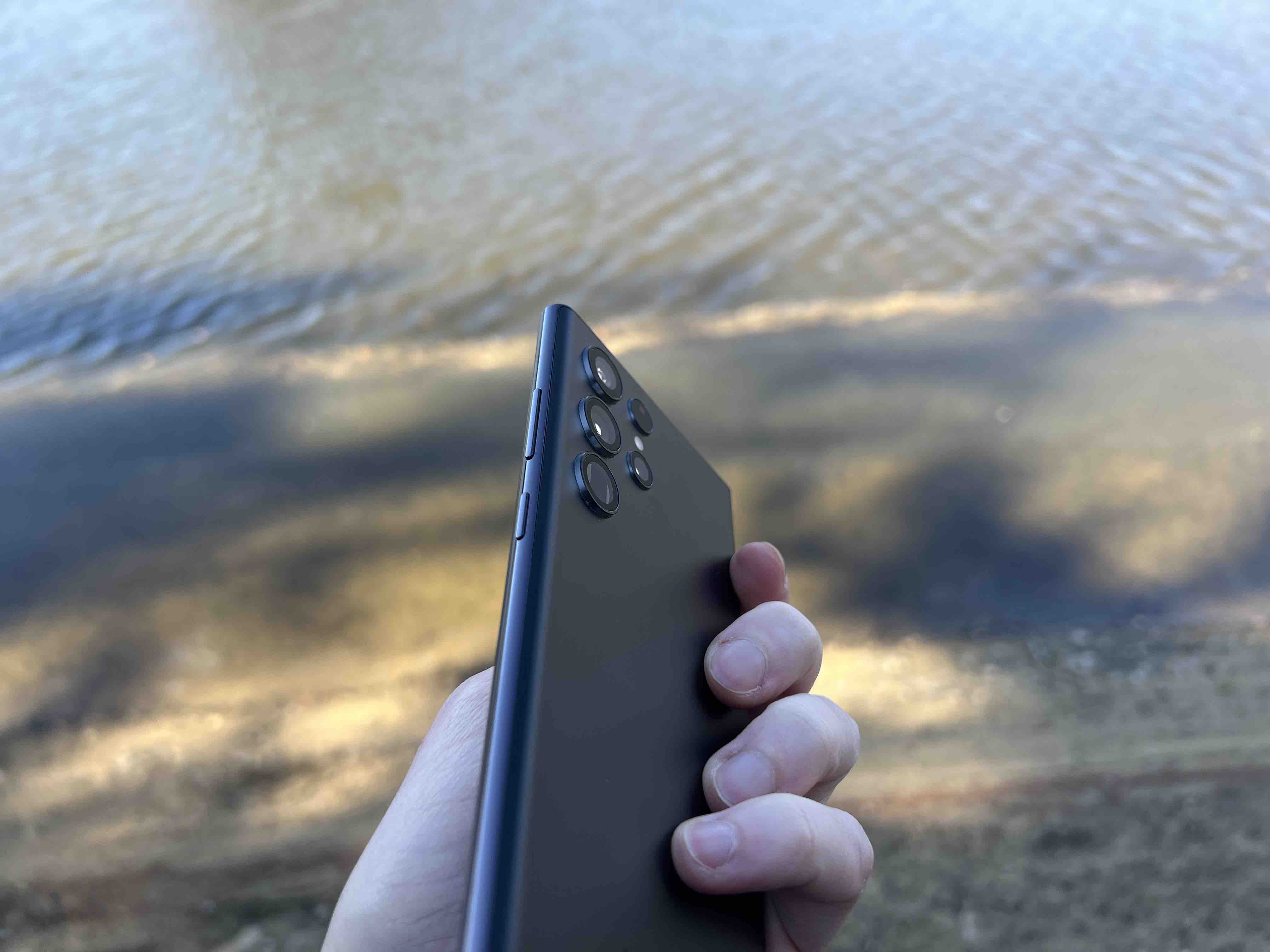
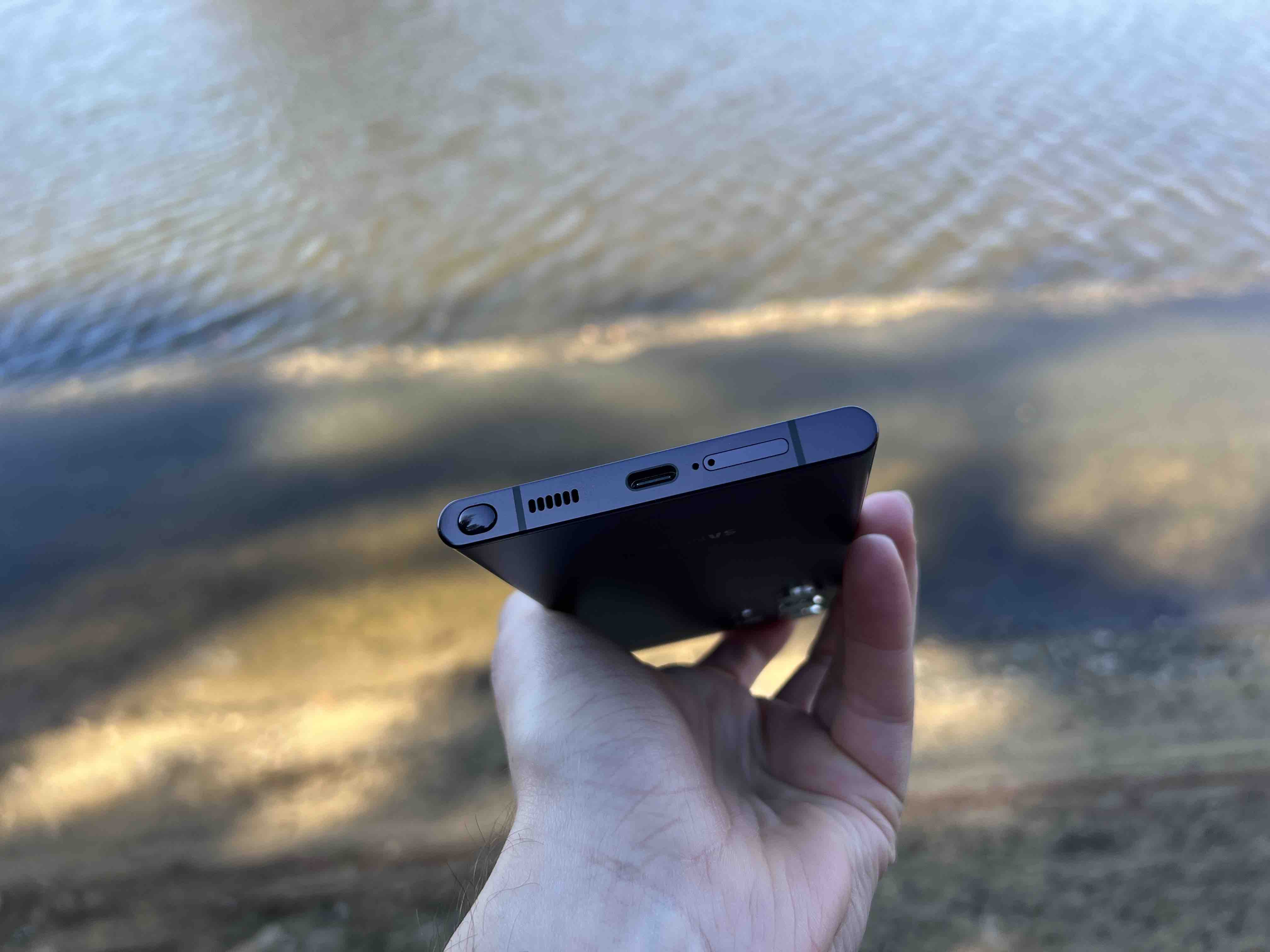
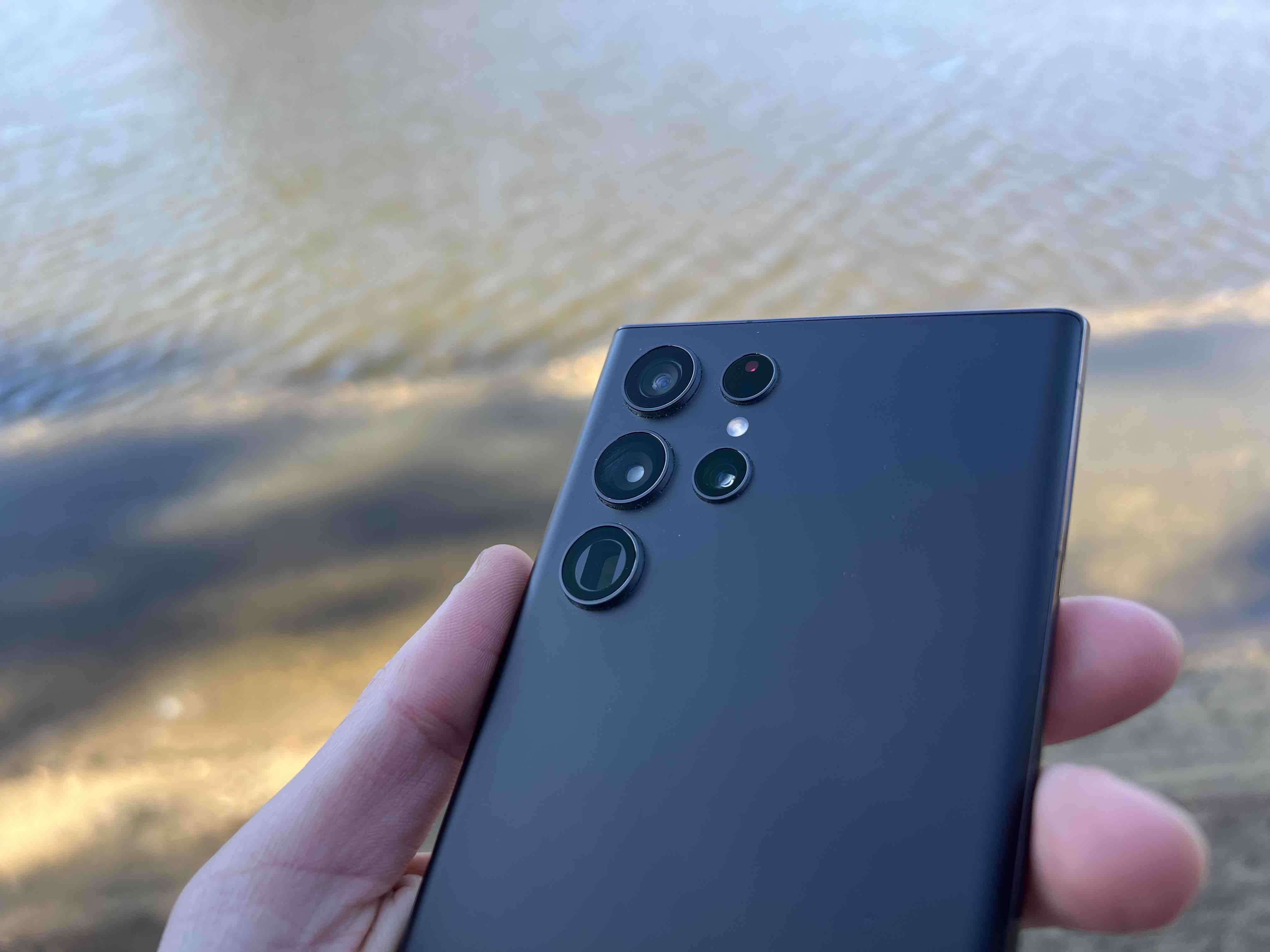
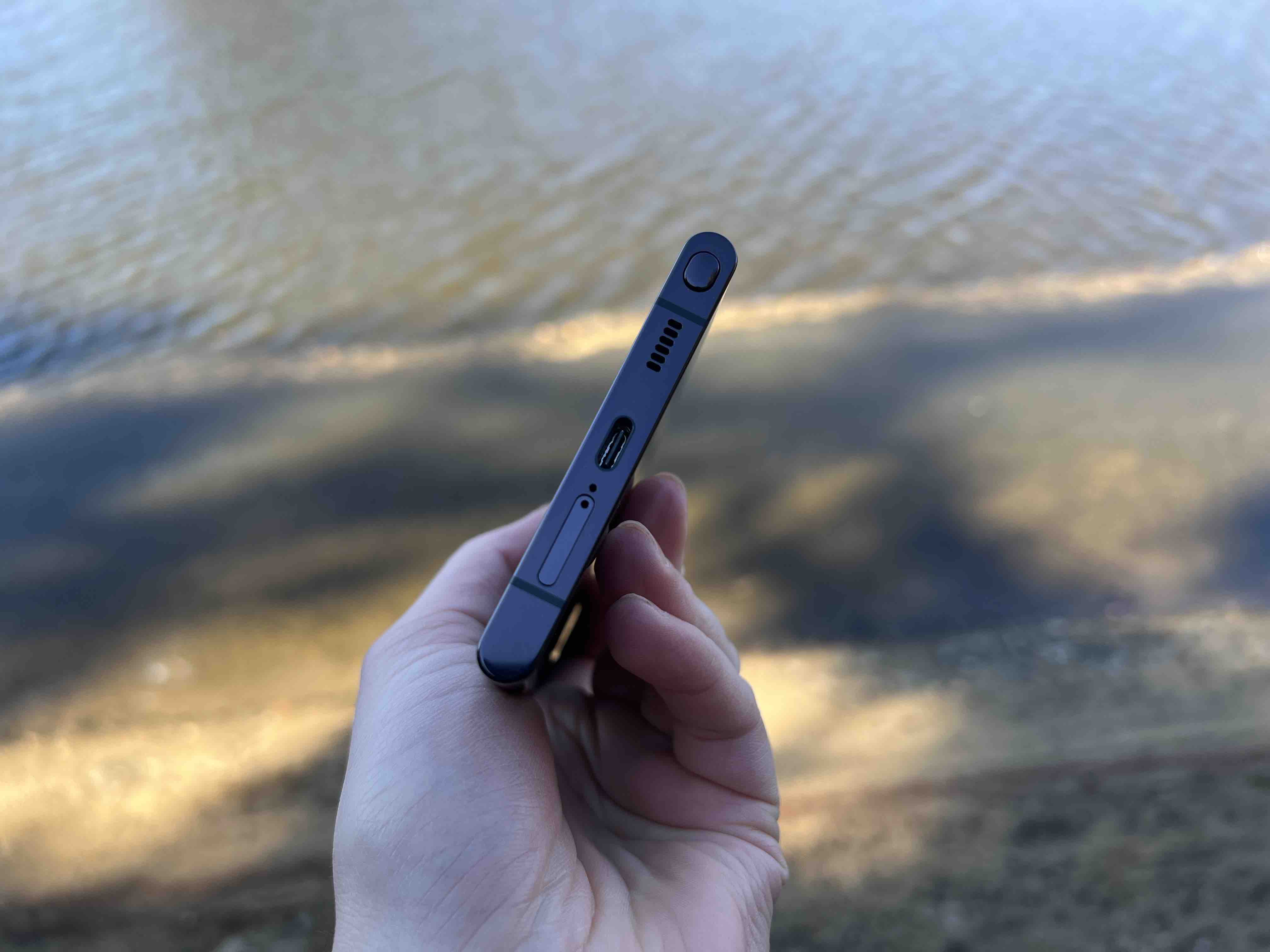
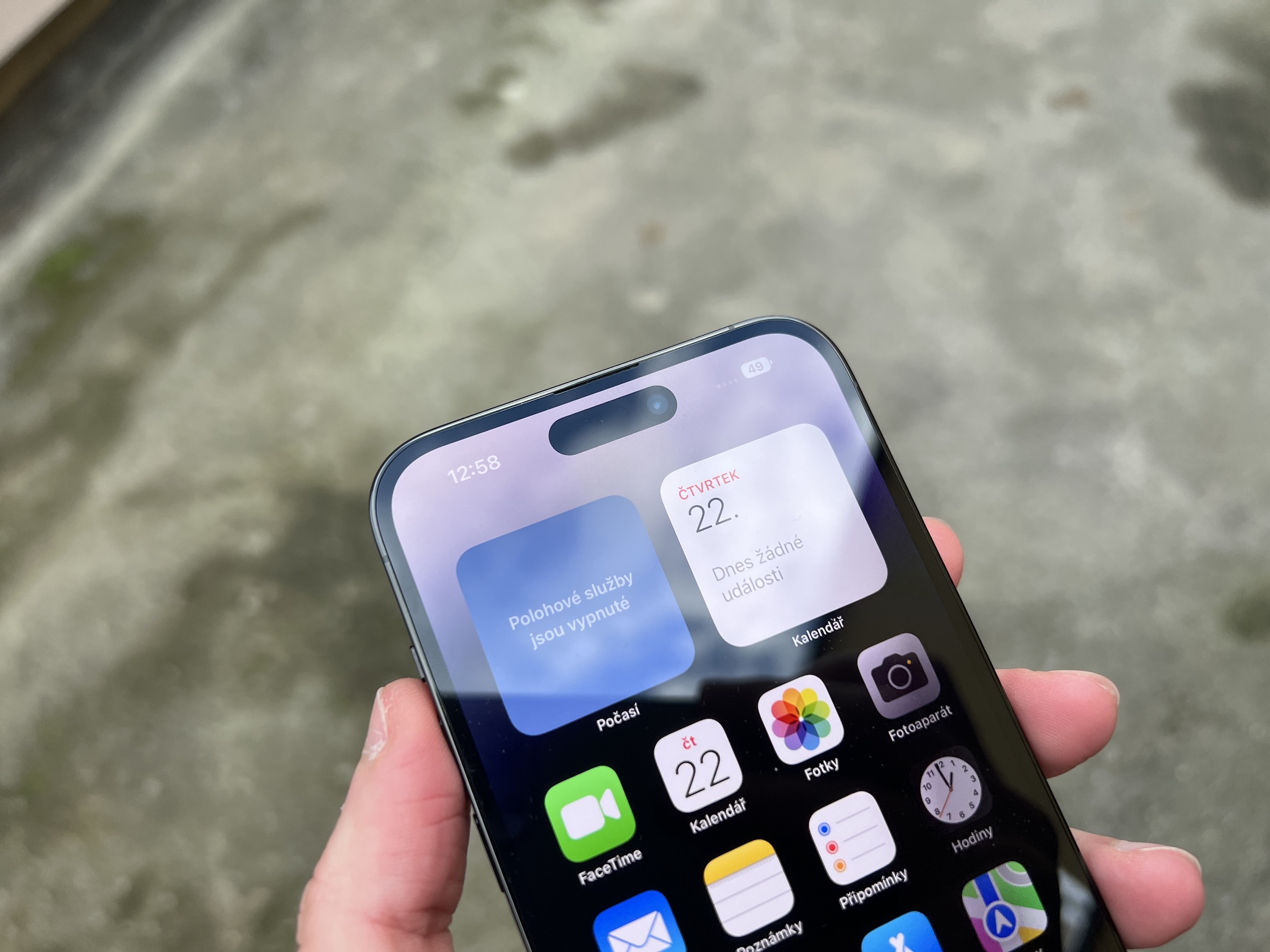
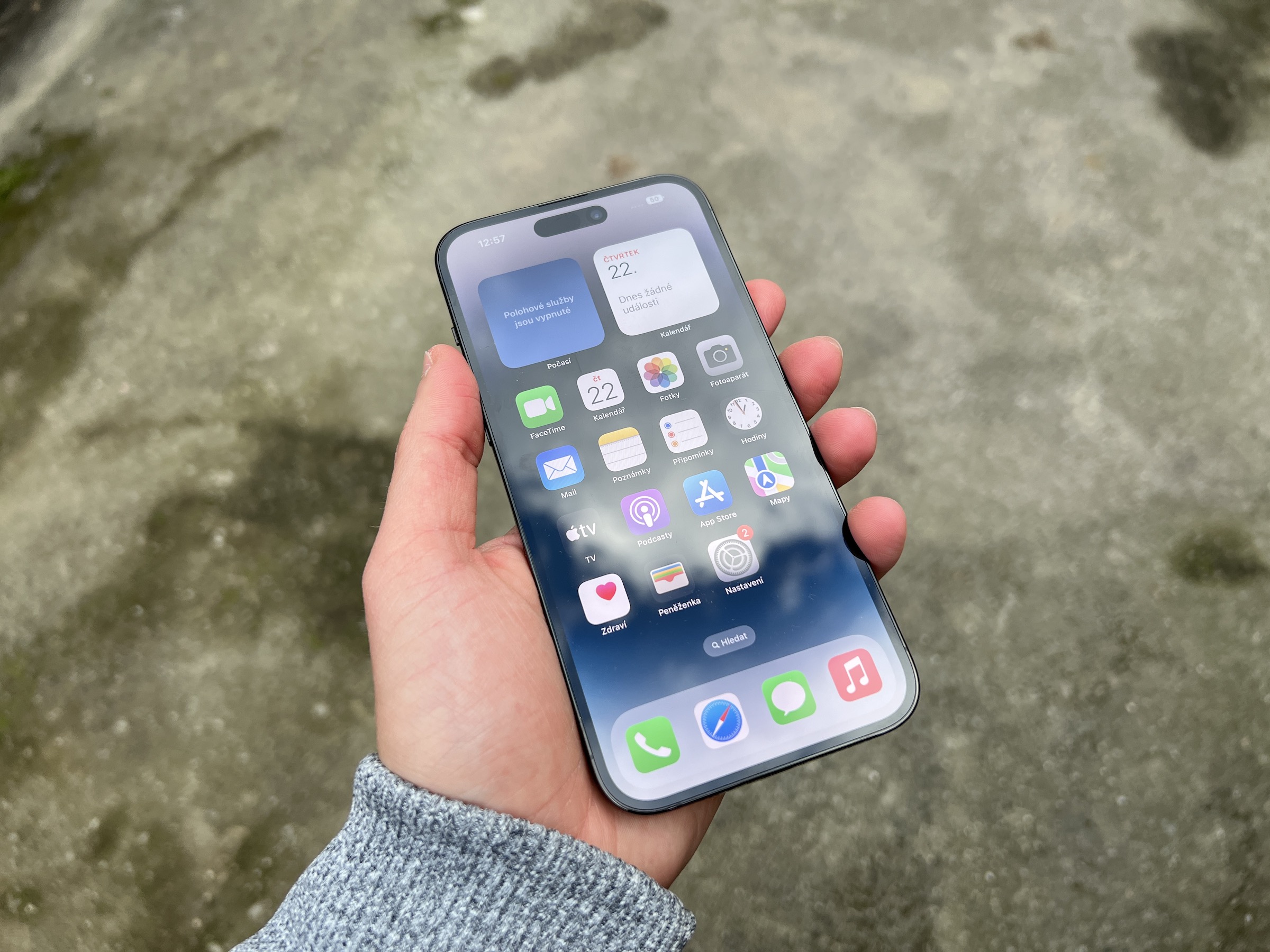
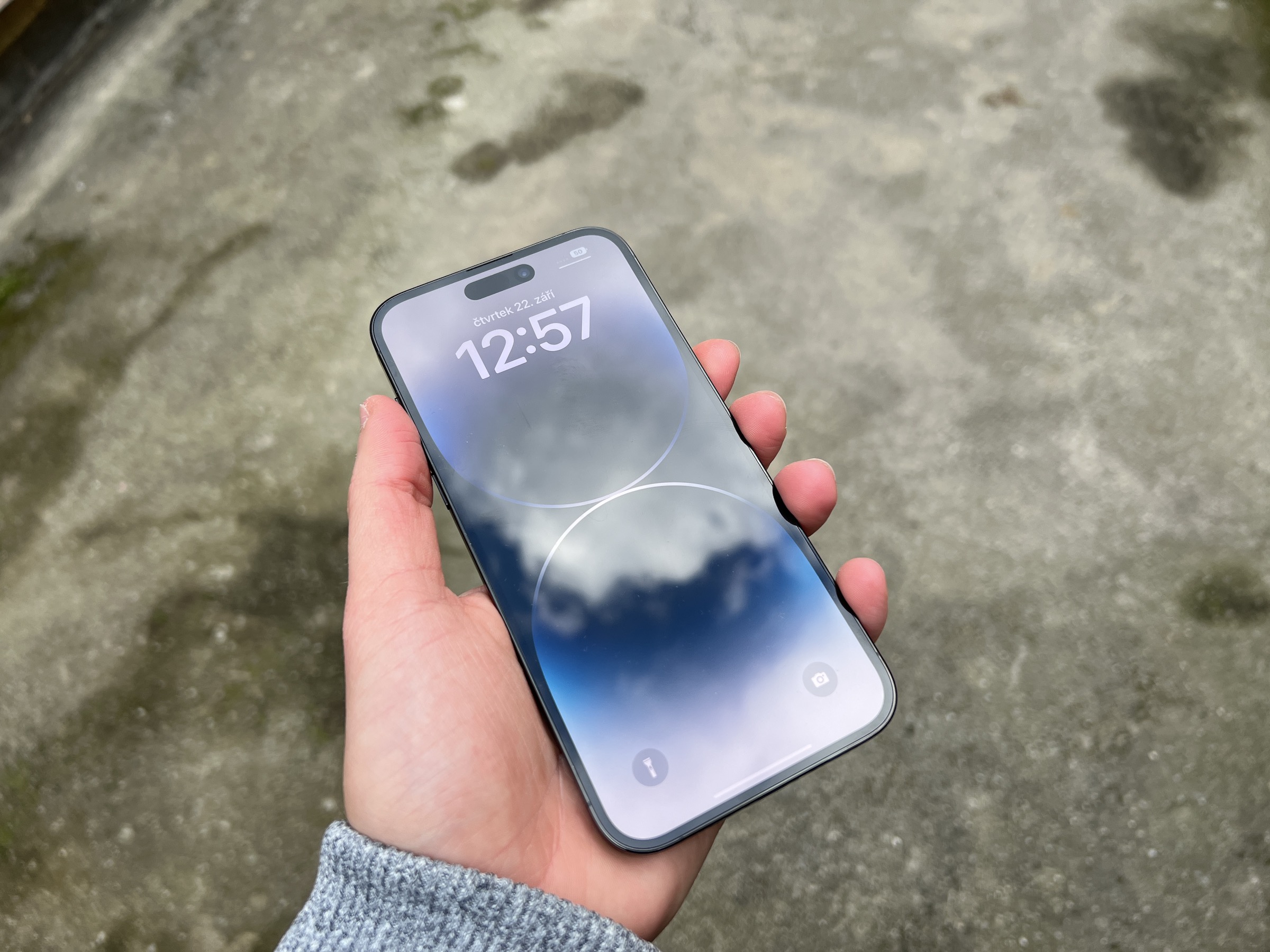

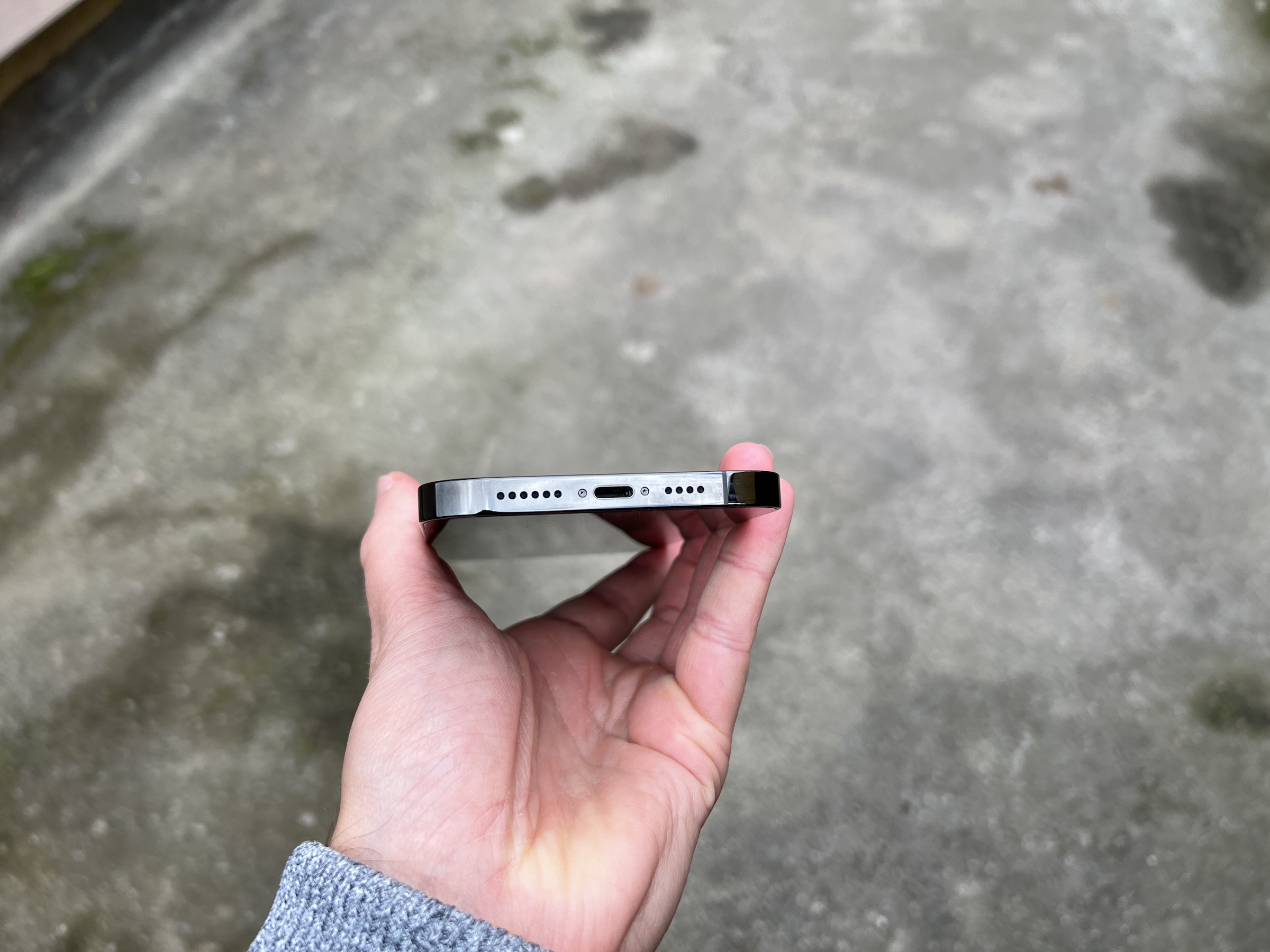
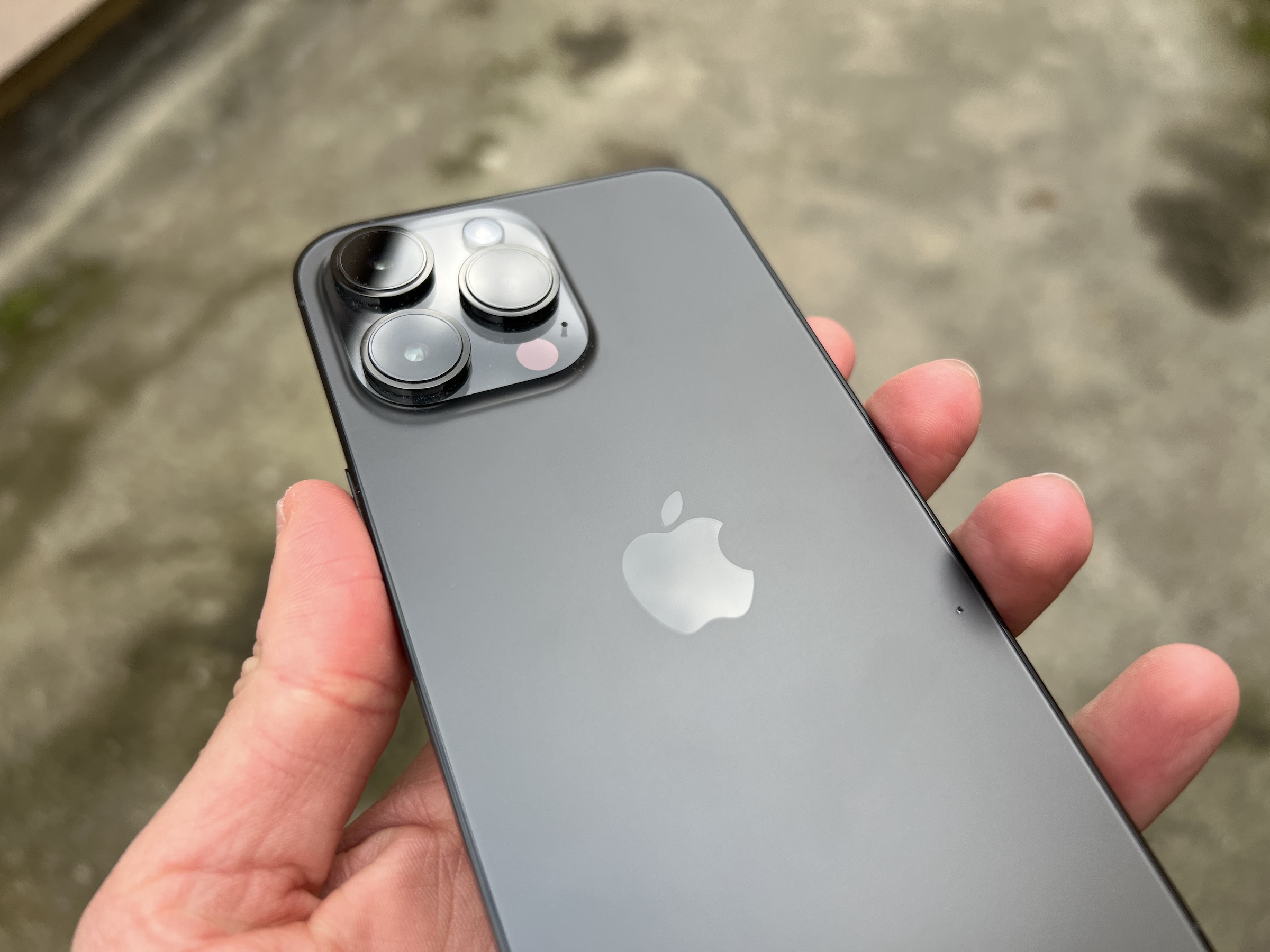

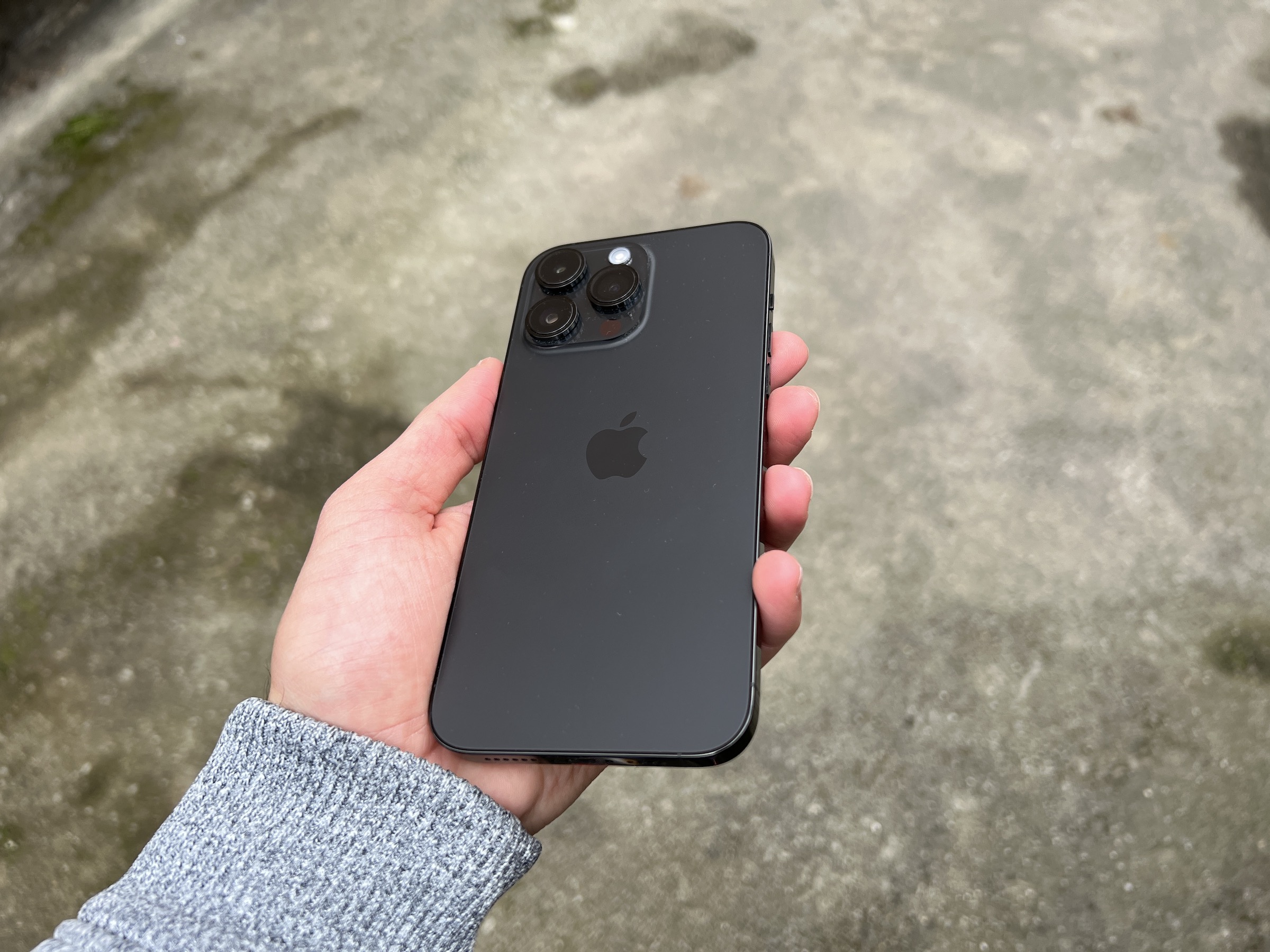
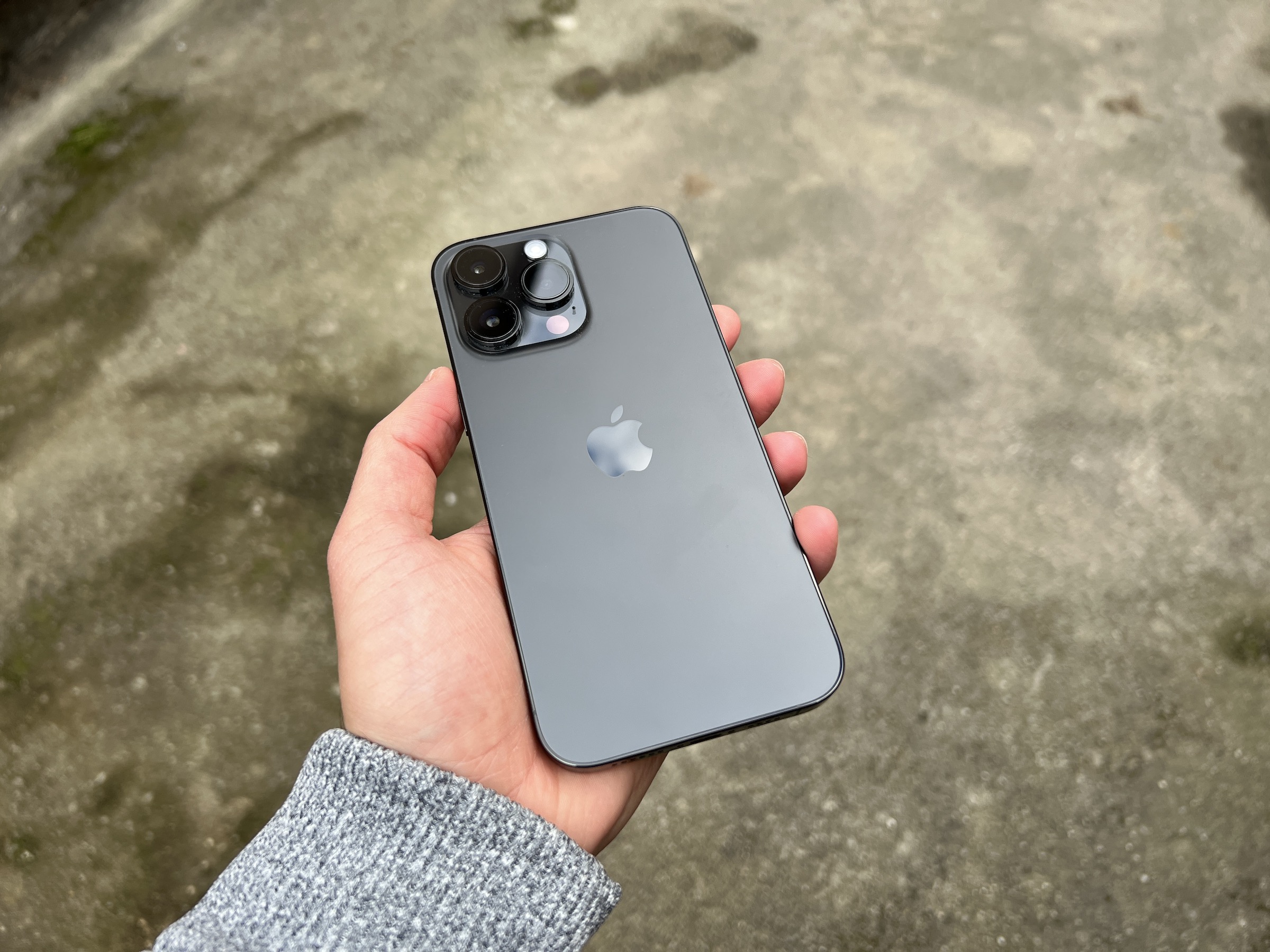

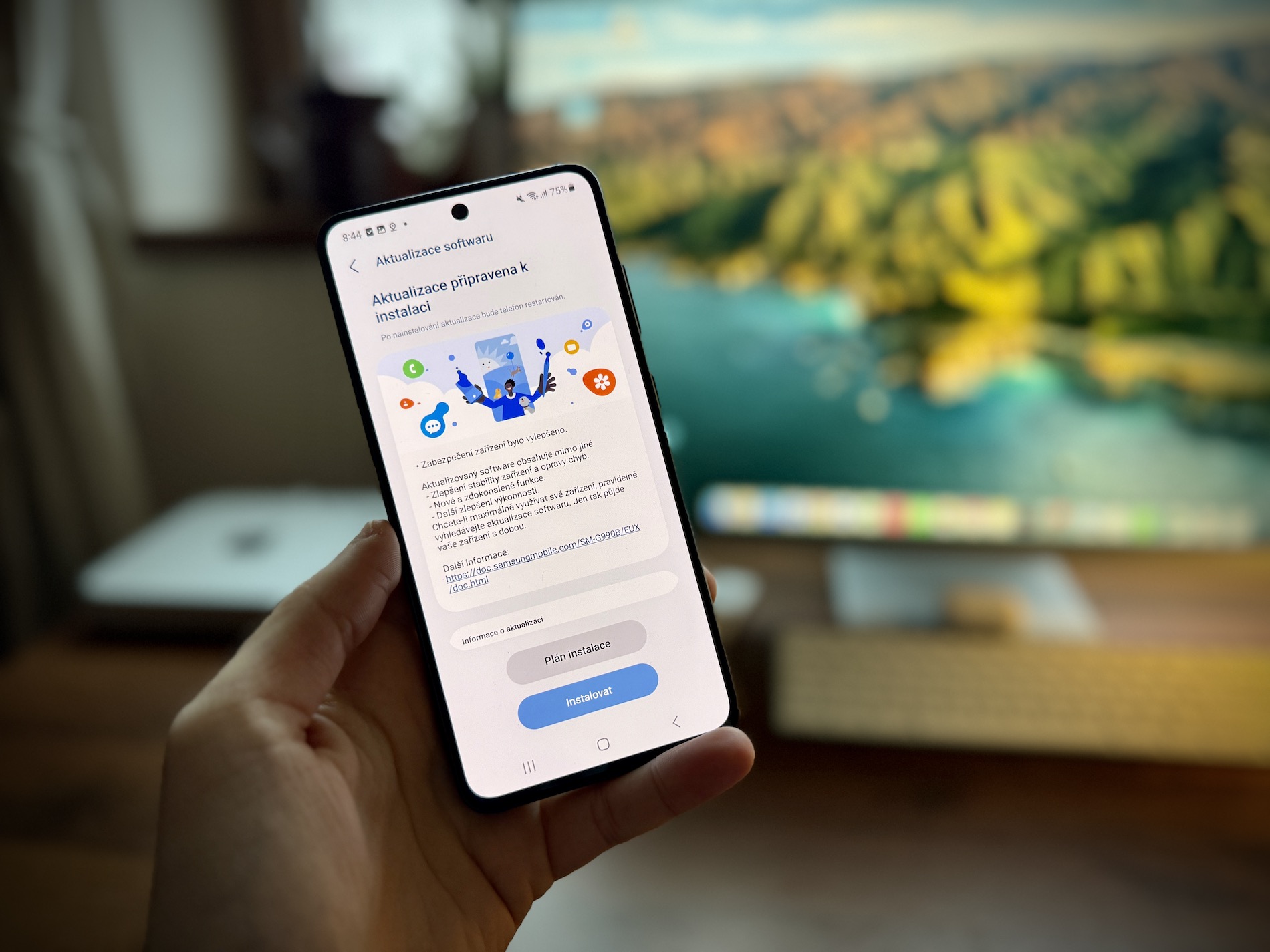
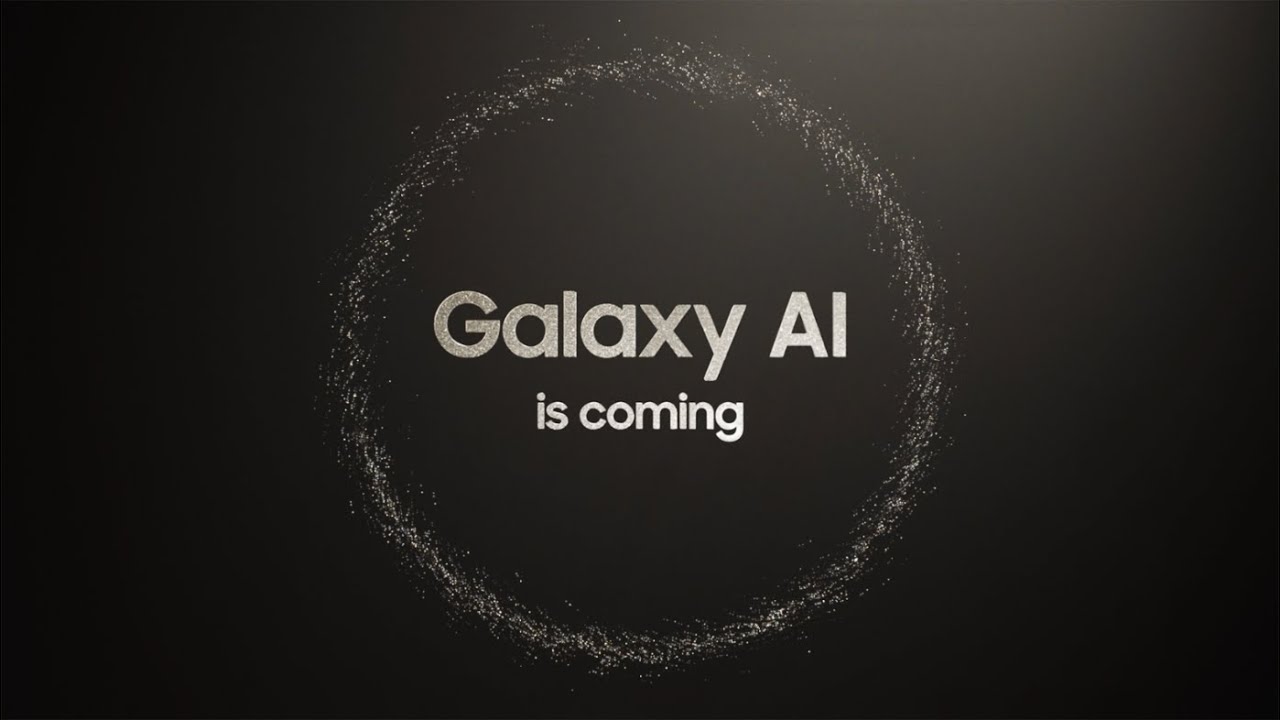
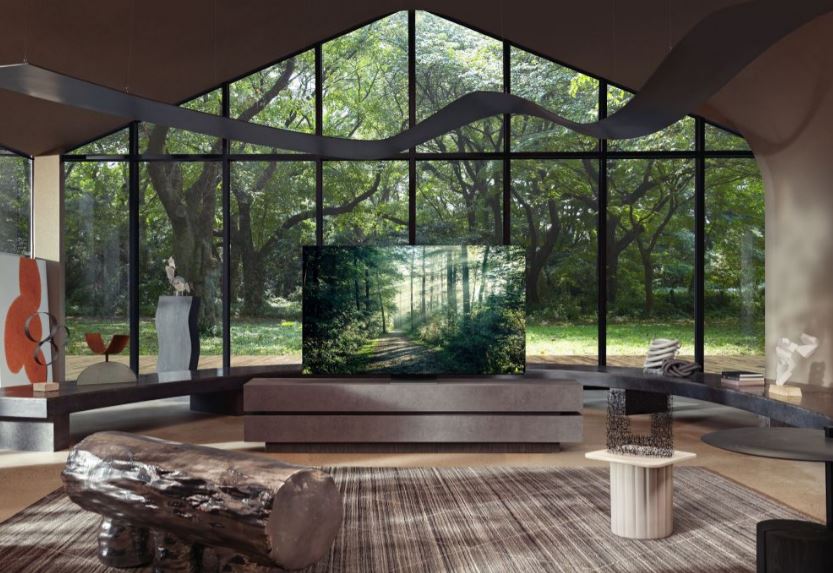
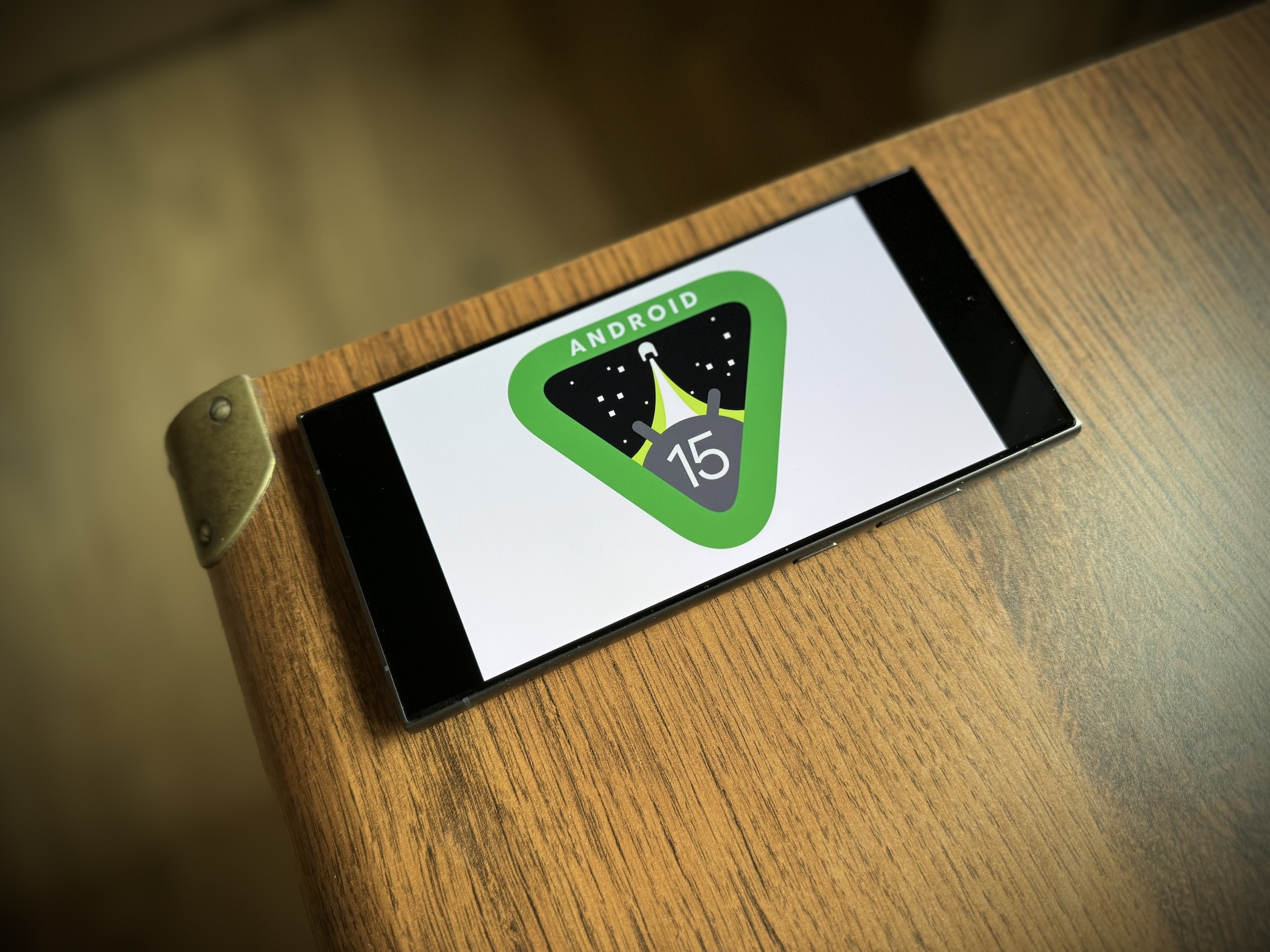
But I don't want to buy more and more products of the same brand. No one is great at everything. I don't want to Apple watches and neither Apple headphones. I like great sound, but I don't want to settle for just good sound transmitted on a weak BT codec. I don't want to settle for a maximum of two days of watch life. The maximum connectivity of devices is often annoying. When working with the computer, I turn off the connection with the mobile phone. I am simply disturbed by the notifications from my mobile on the screen of the other device. I tend to even turn off all the devices except the one I'm working on while I'm working. I don't want to use headphones on multiple devices. If the headphones support a better type of codec such as sbc or aac, then when connected to several devices it only works with such codecs. Author a different ecosystem than the one from Apple obviously never used. Move from SmartThings, through which the smart home is primarily controlled, to One UI, icons and applications iOS it's quite a flight, and to compare SmartThings with an ecosystem consisting of mobile phones, watches, headphones, tablets and laptops shows that the author has no idea what SmartThings connects and what it actually serves.
Everyone talks about some kind of ecosystem, and in fact it is a buzzword for a bunch of things proprietary connected with zero compatibility with the surrounding world. No, thanks.
Agreed, it's a golden cage